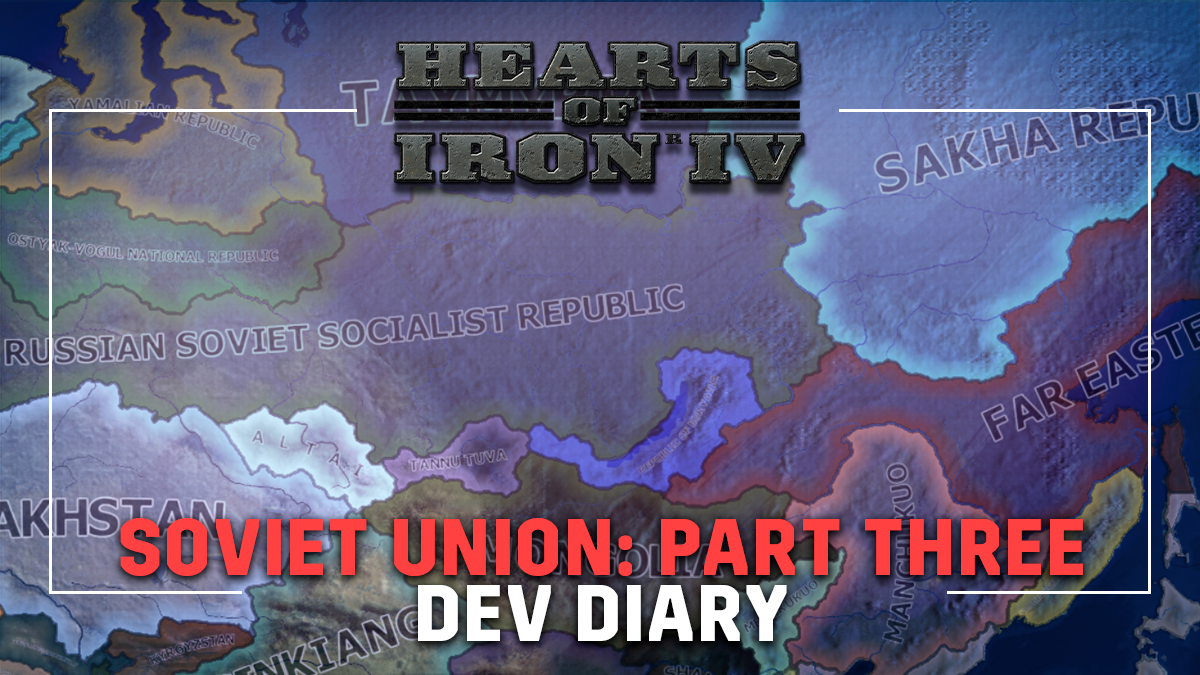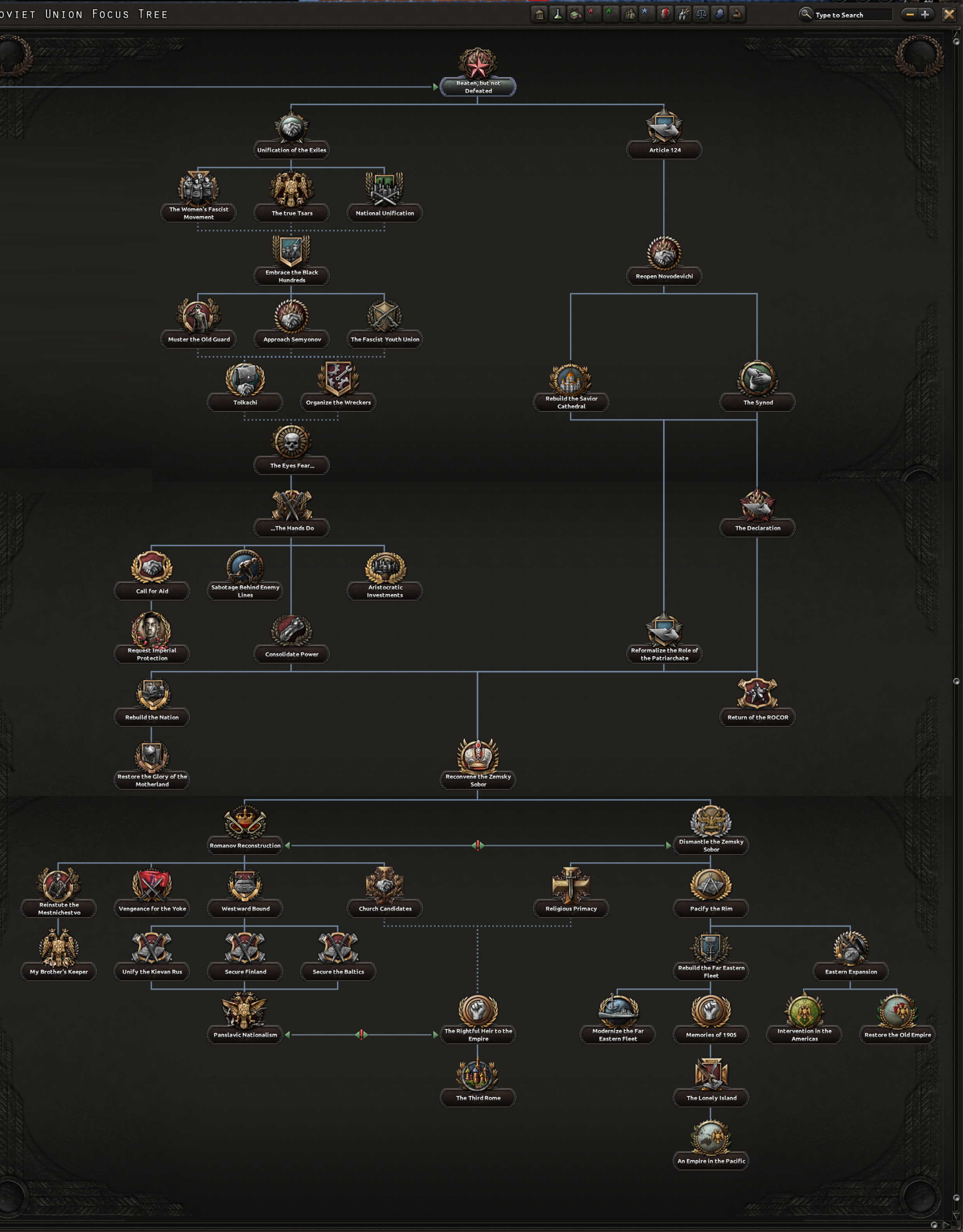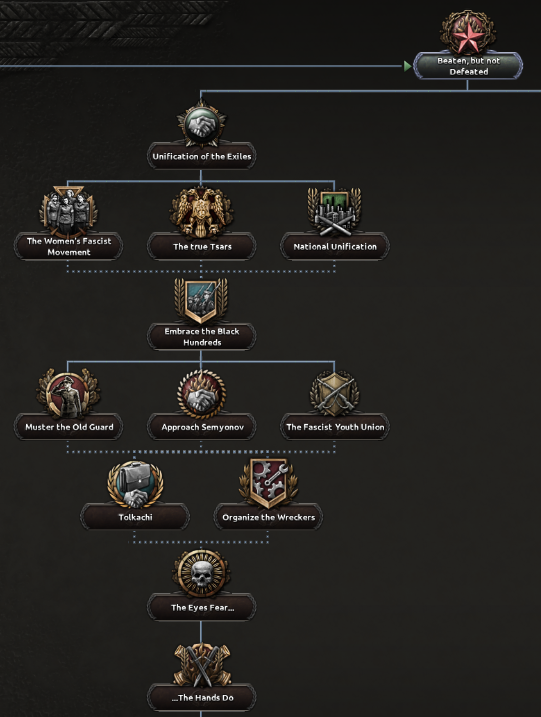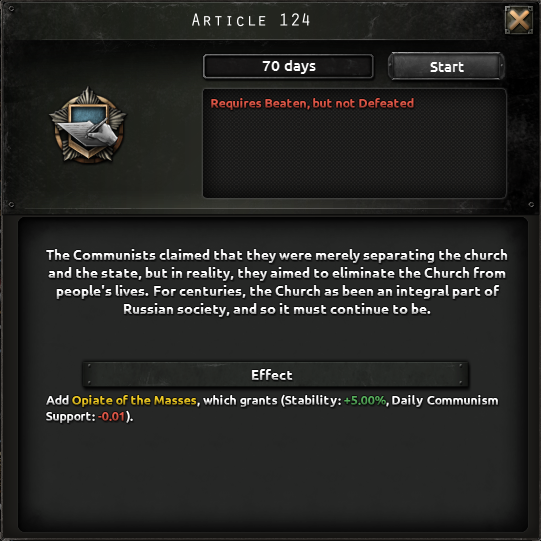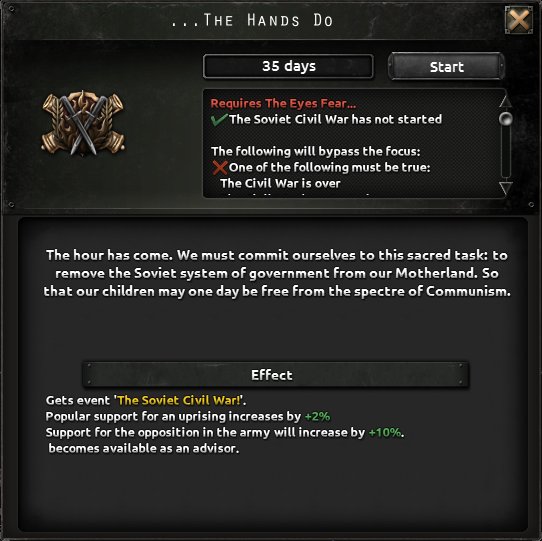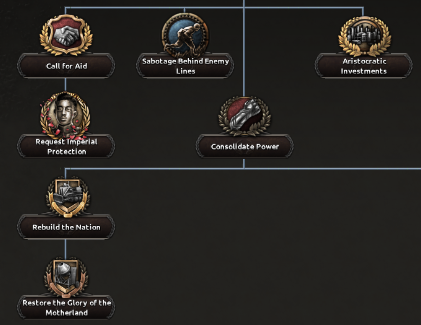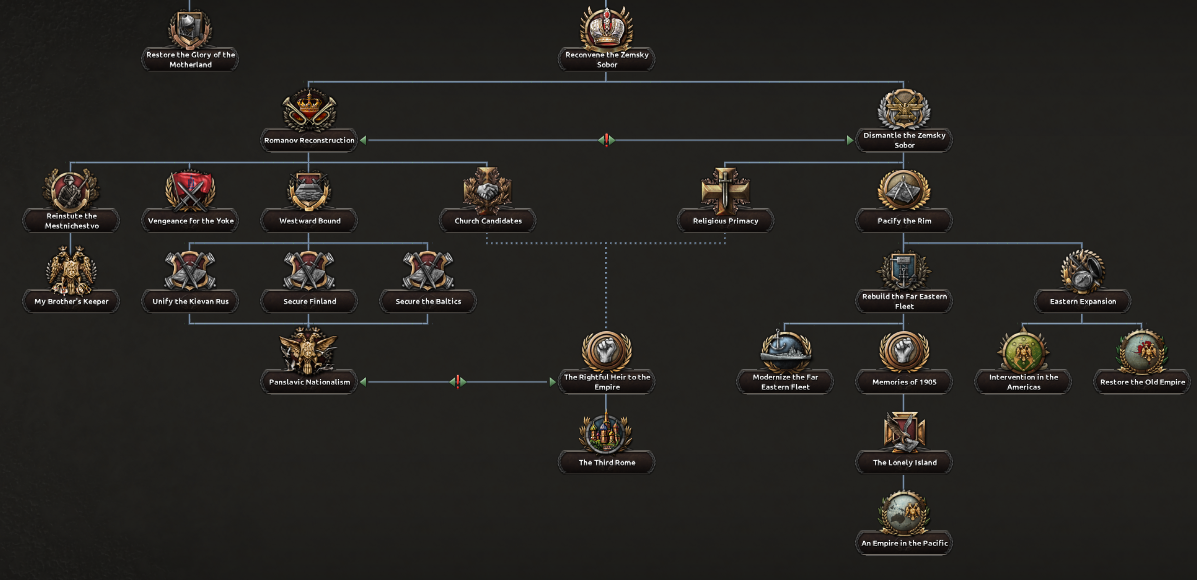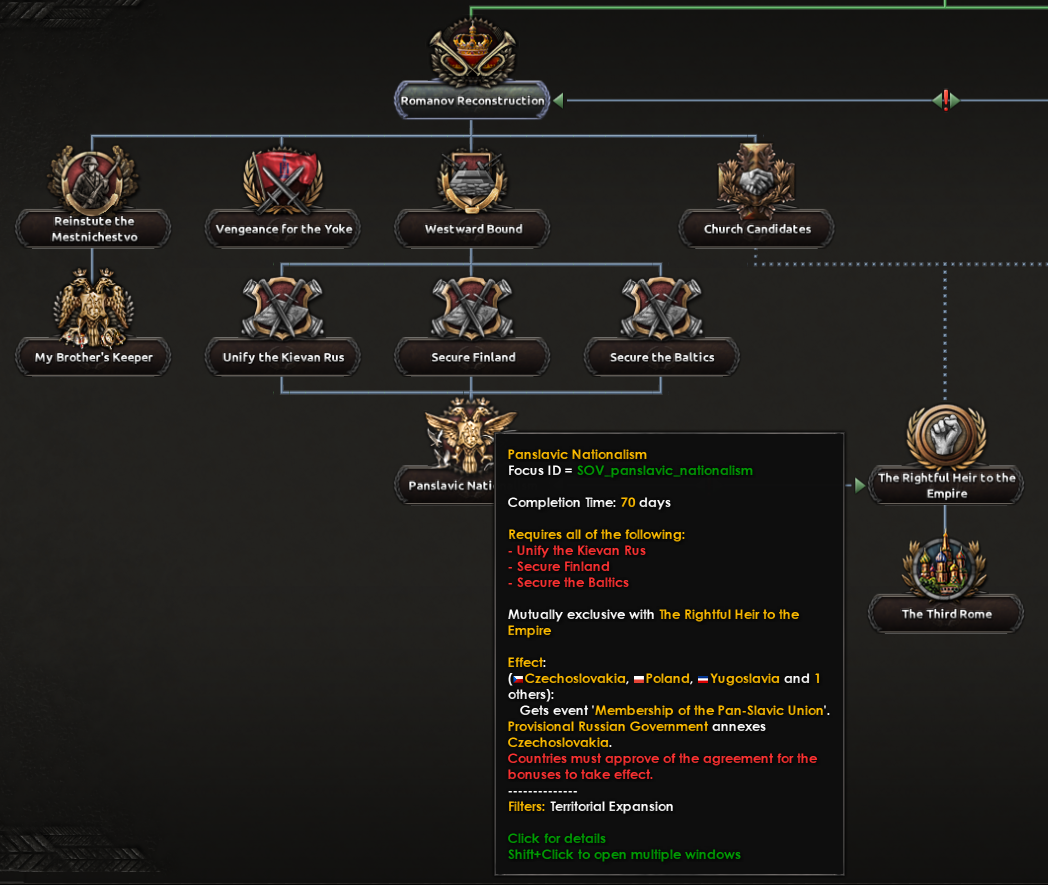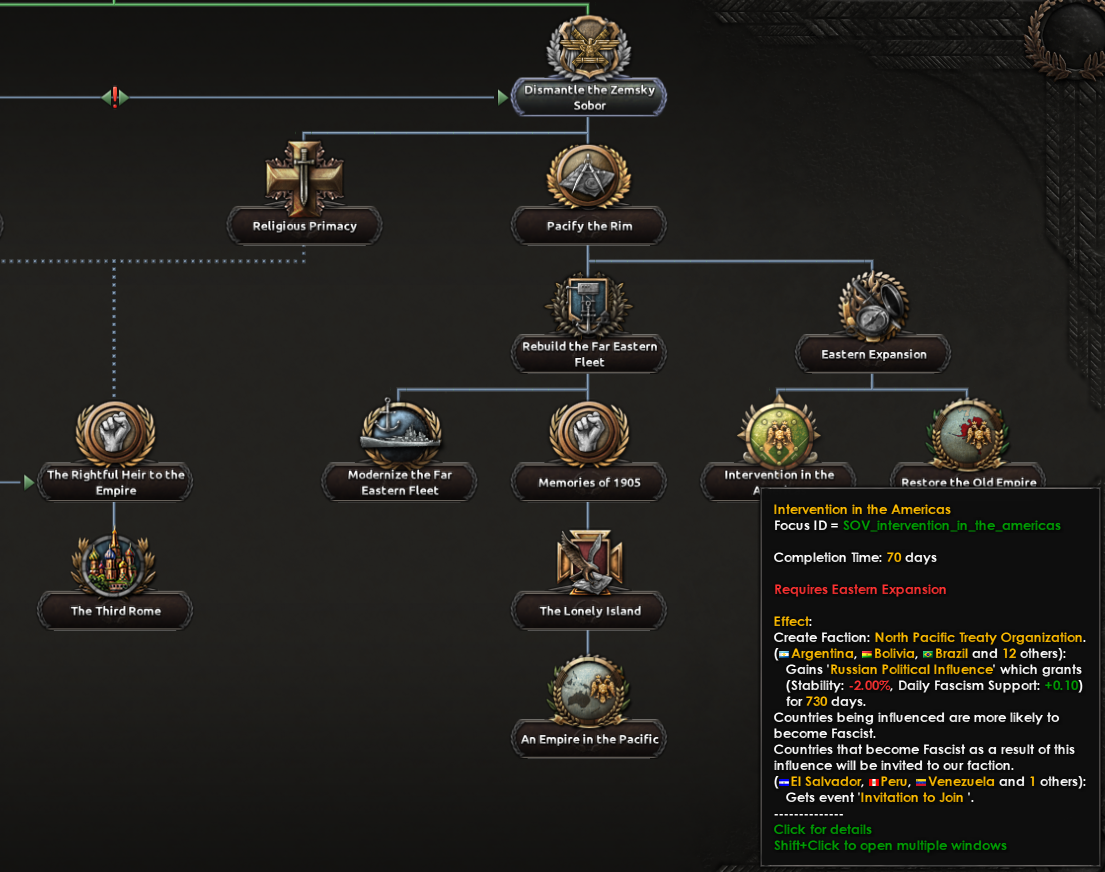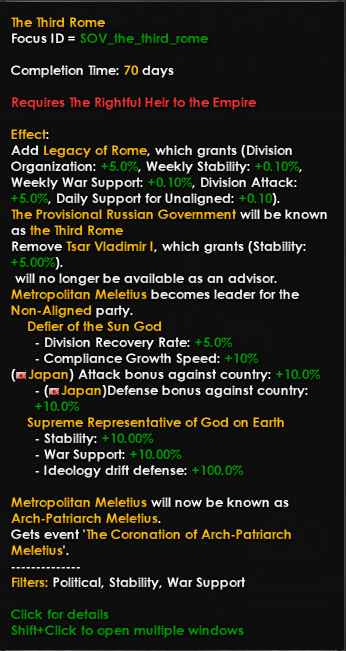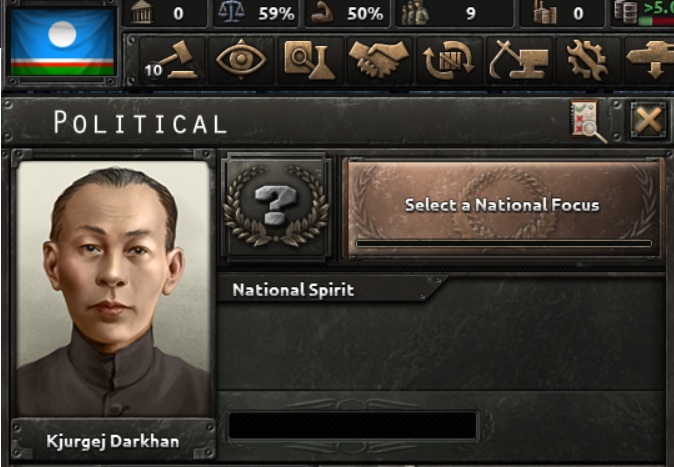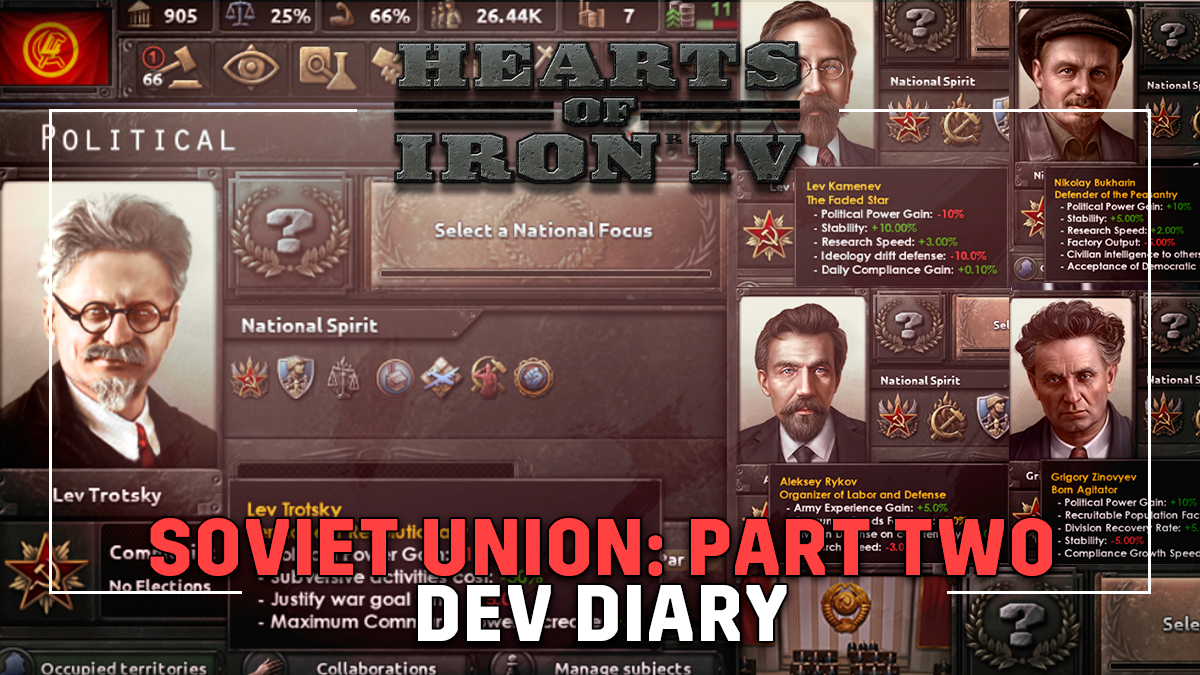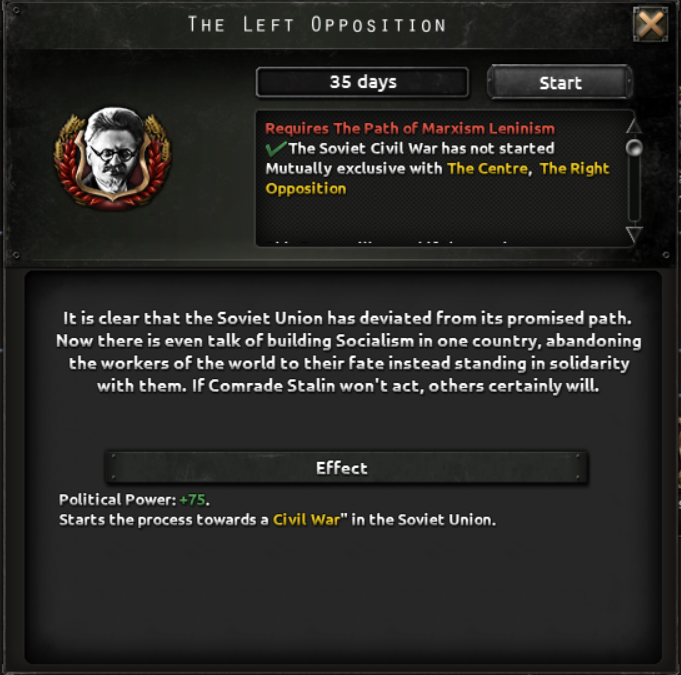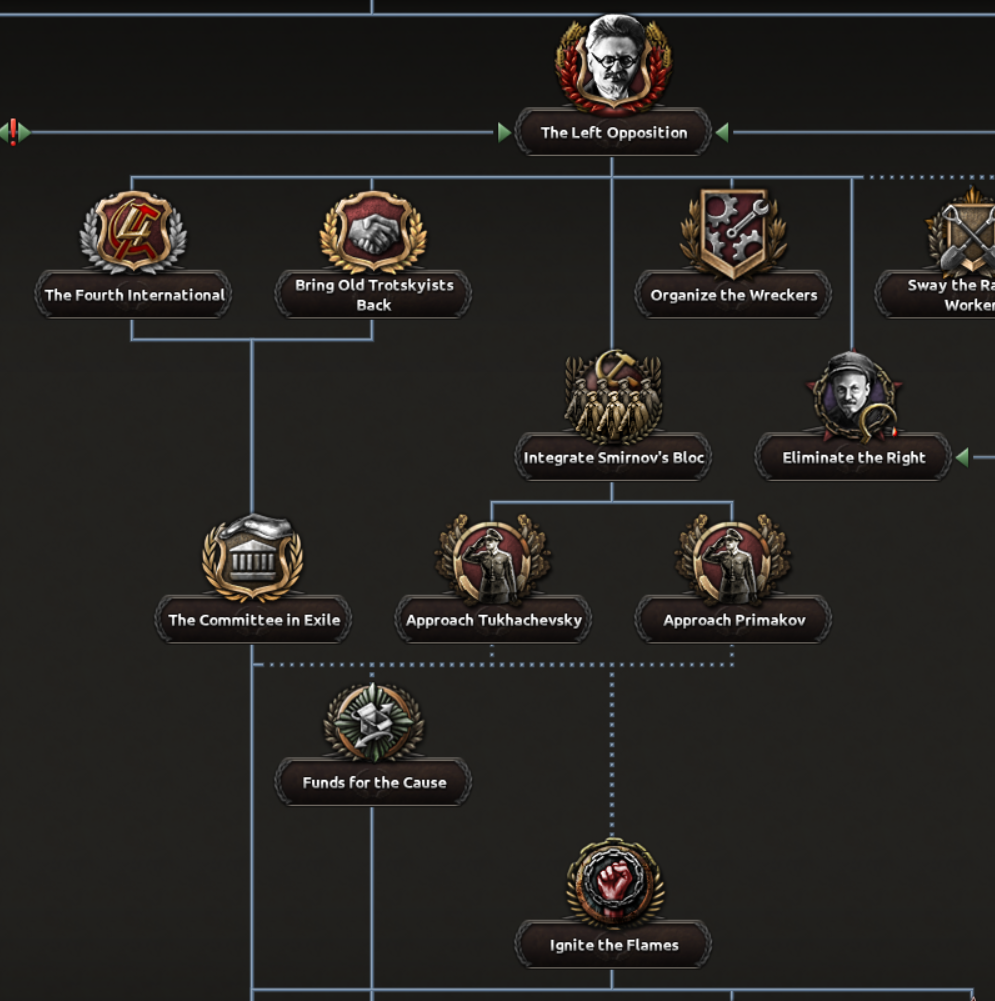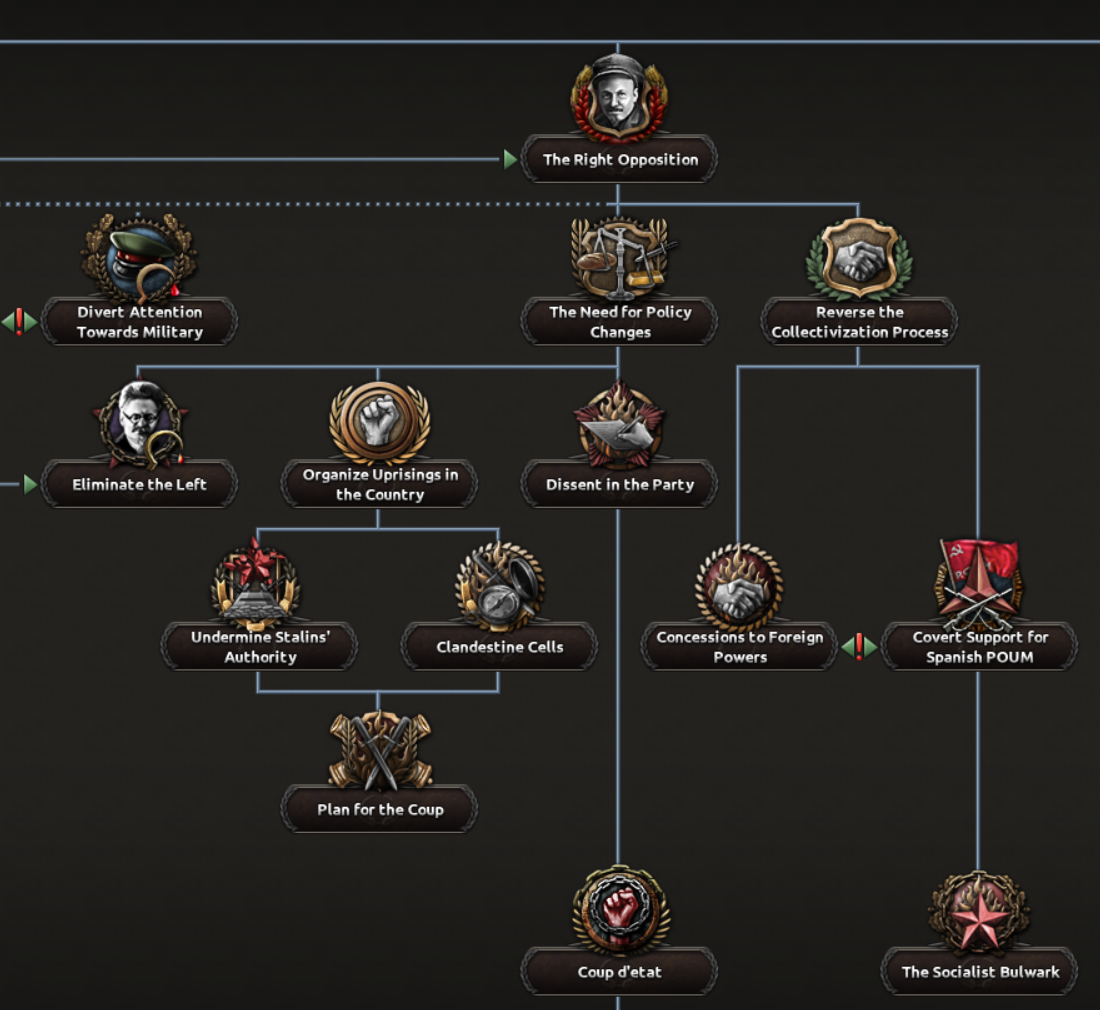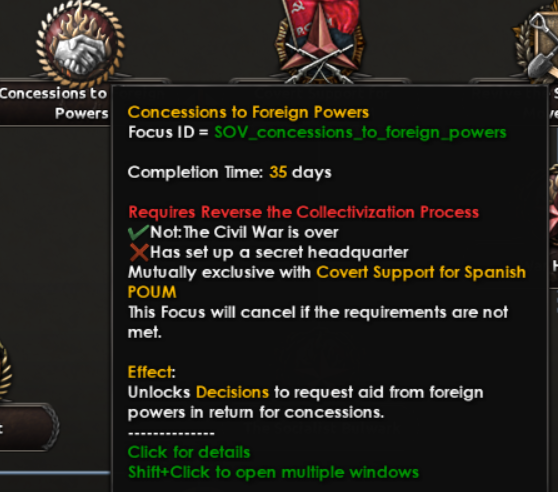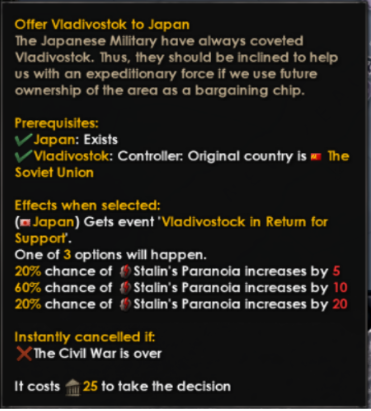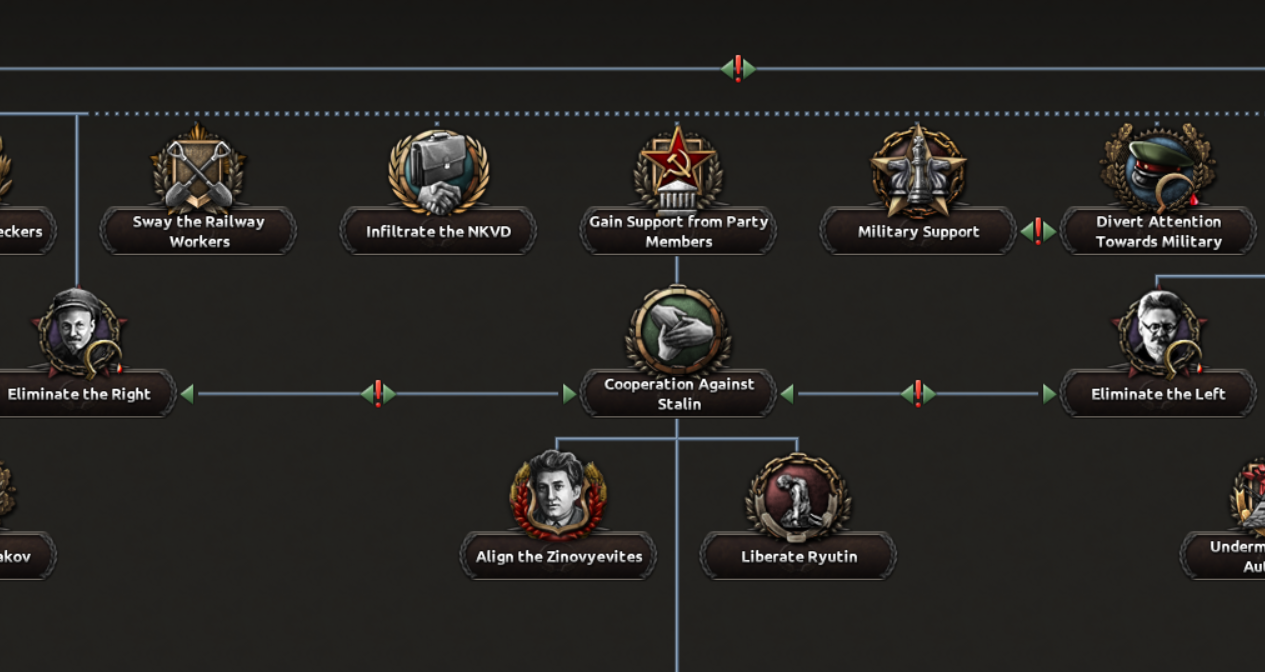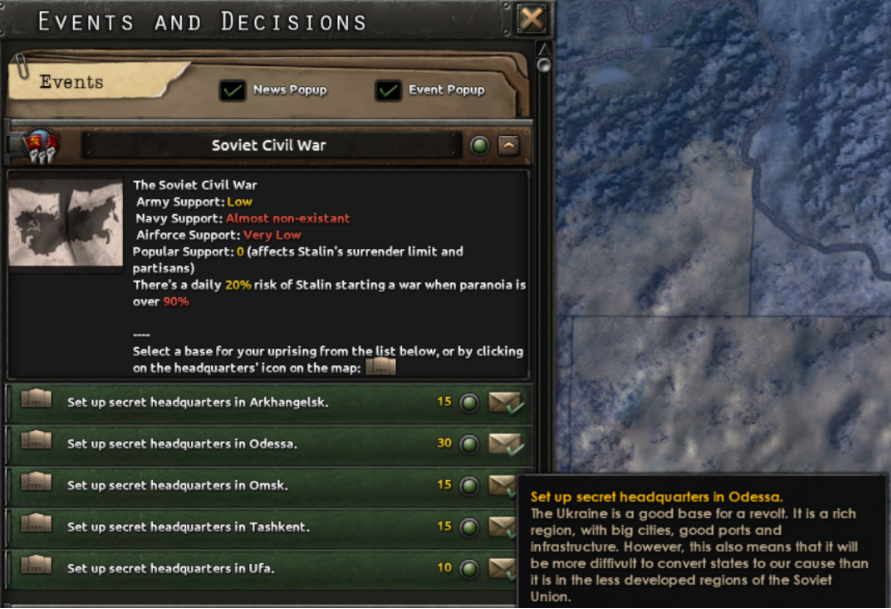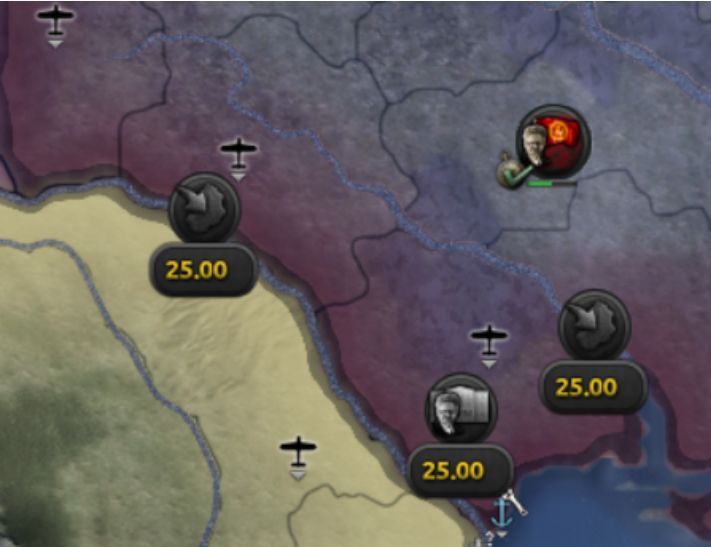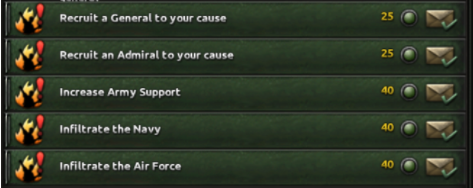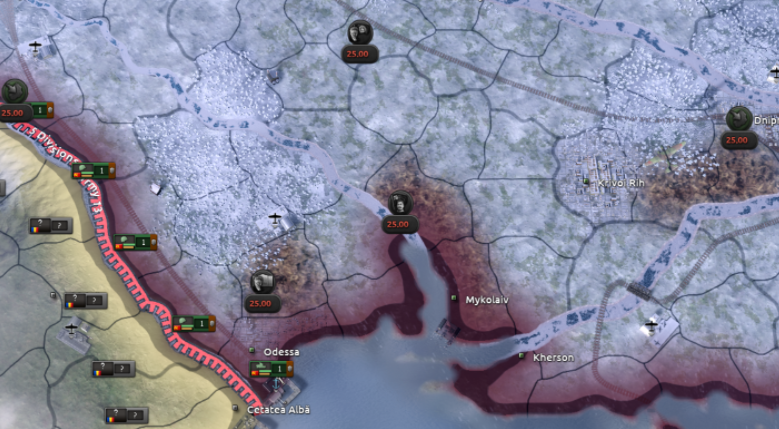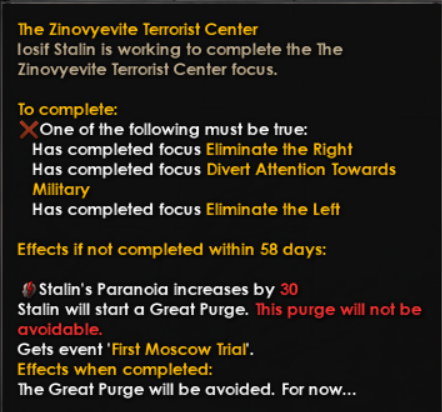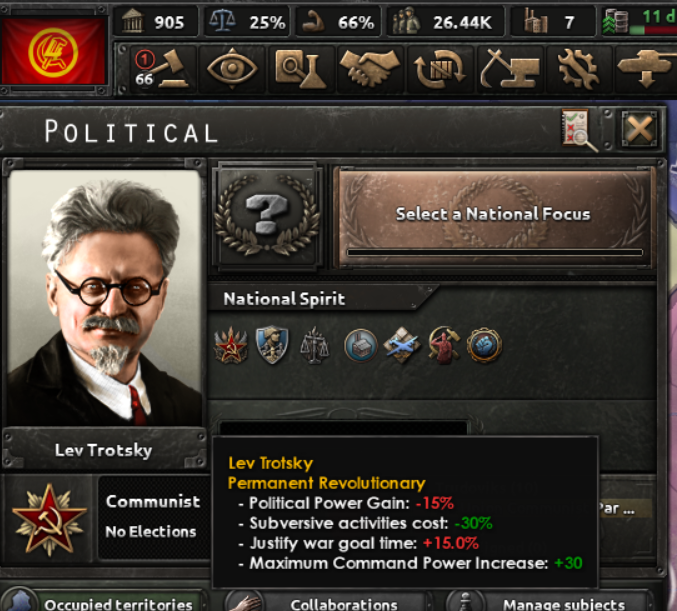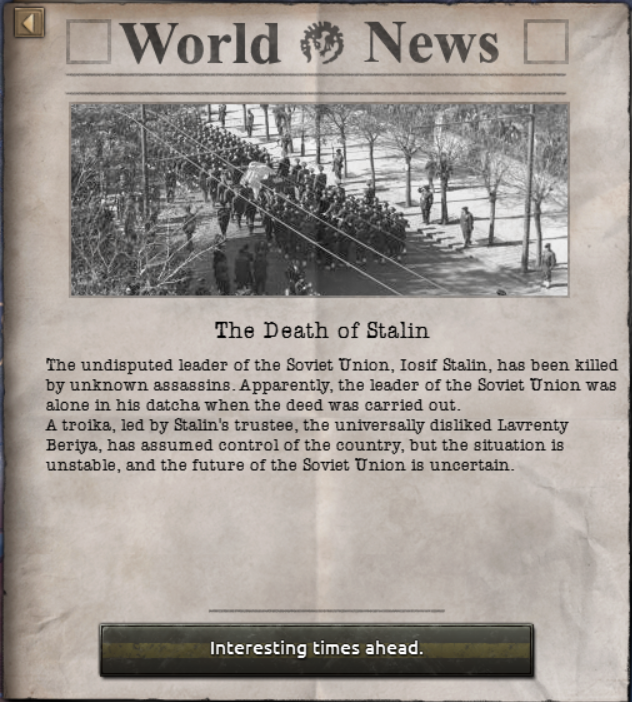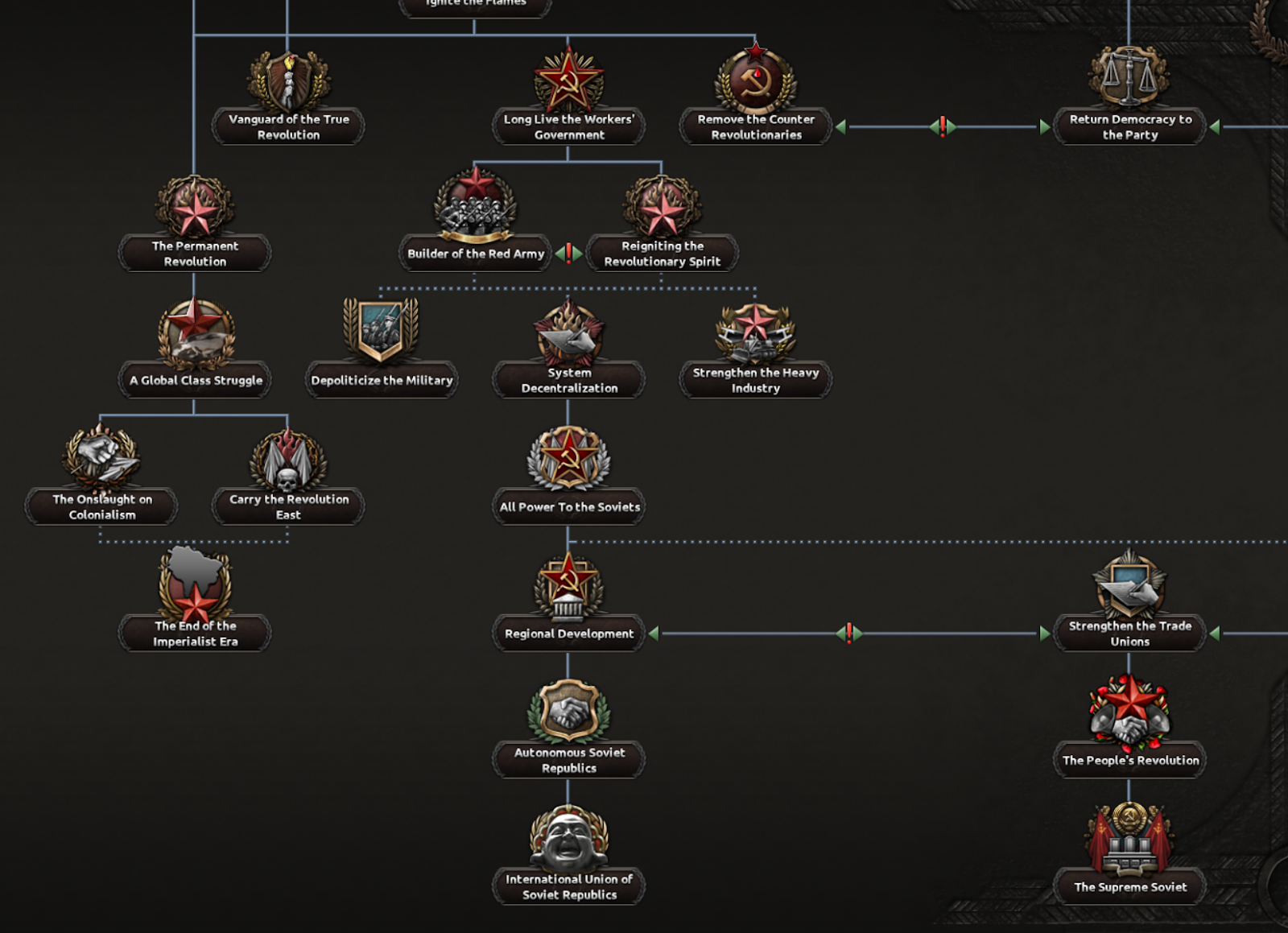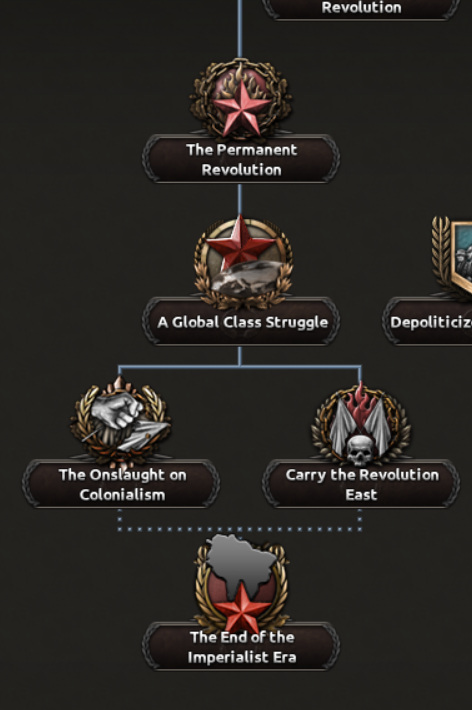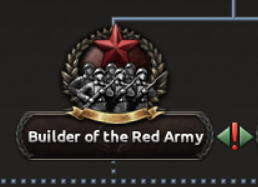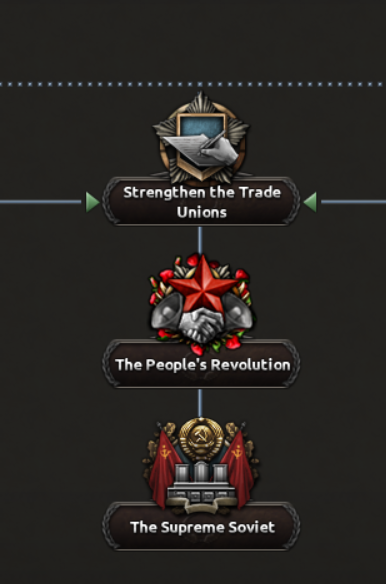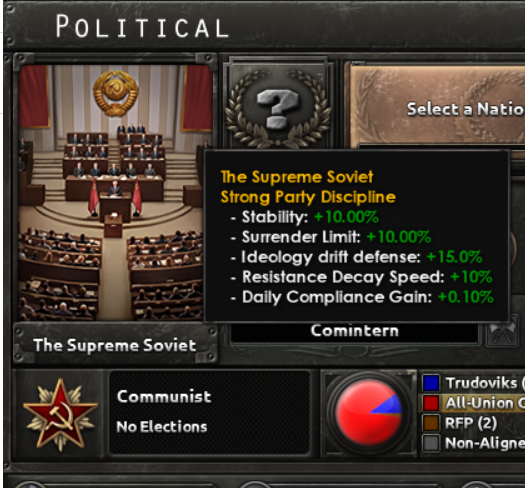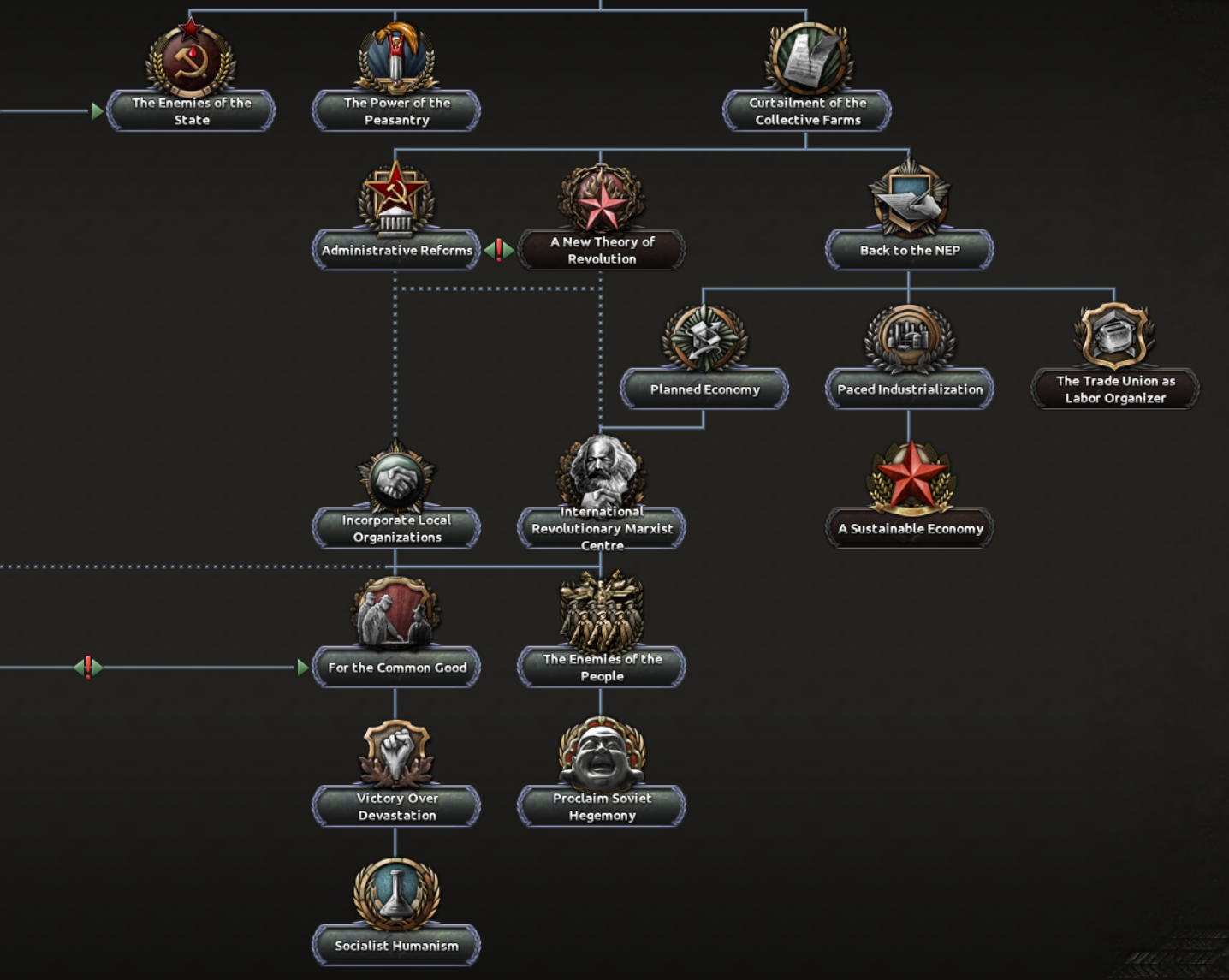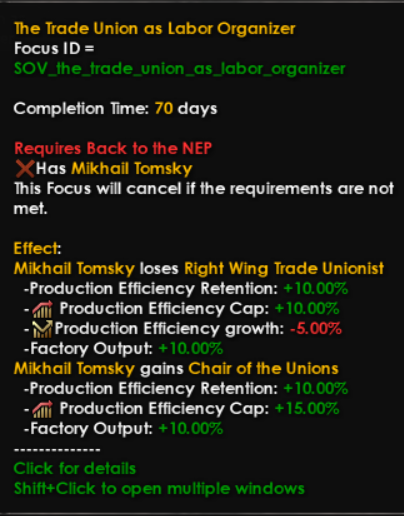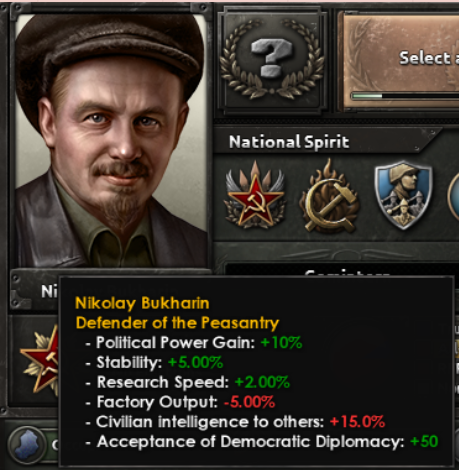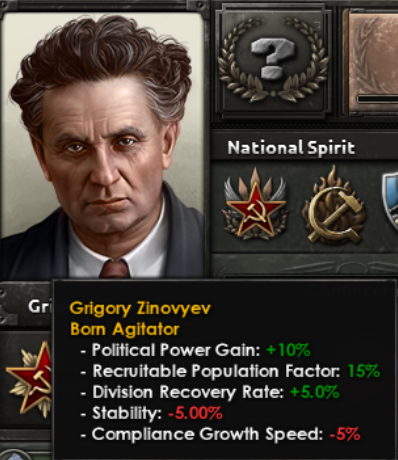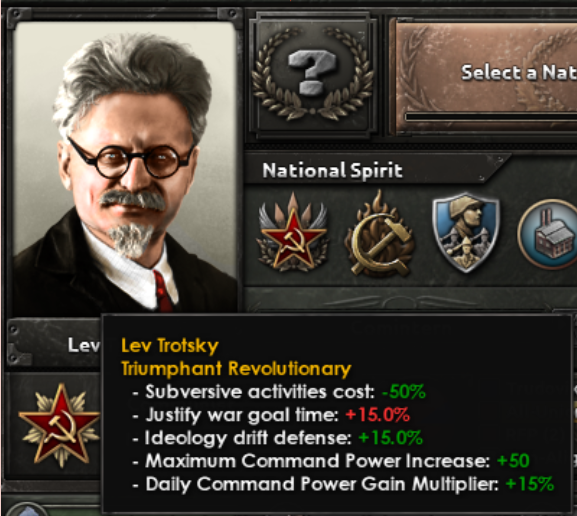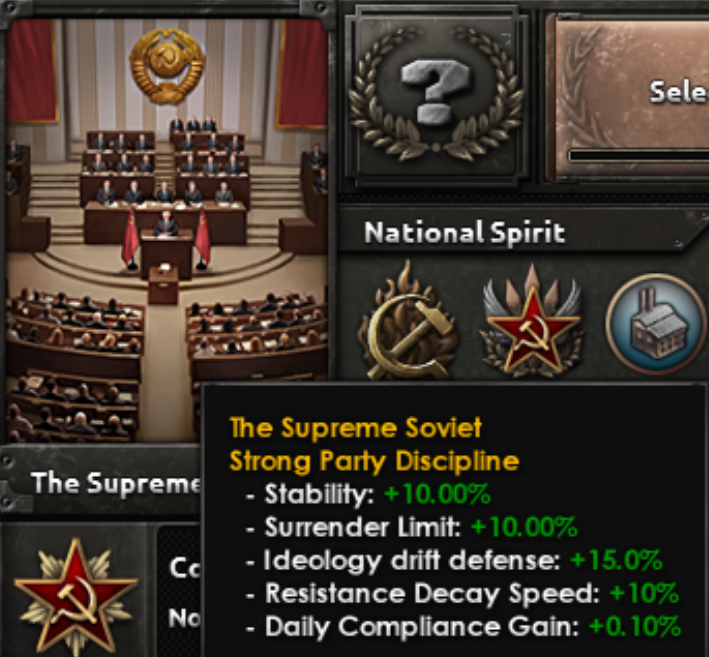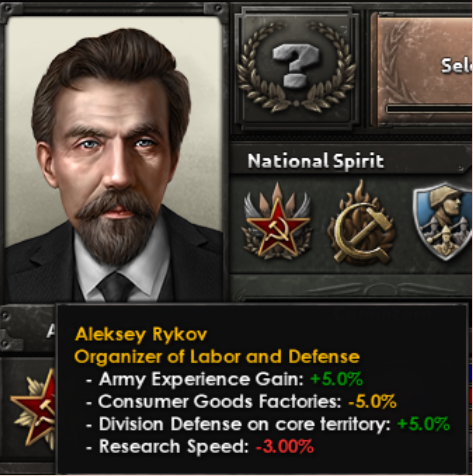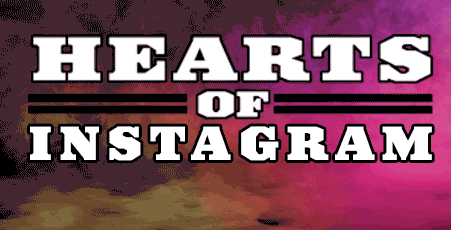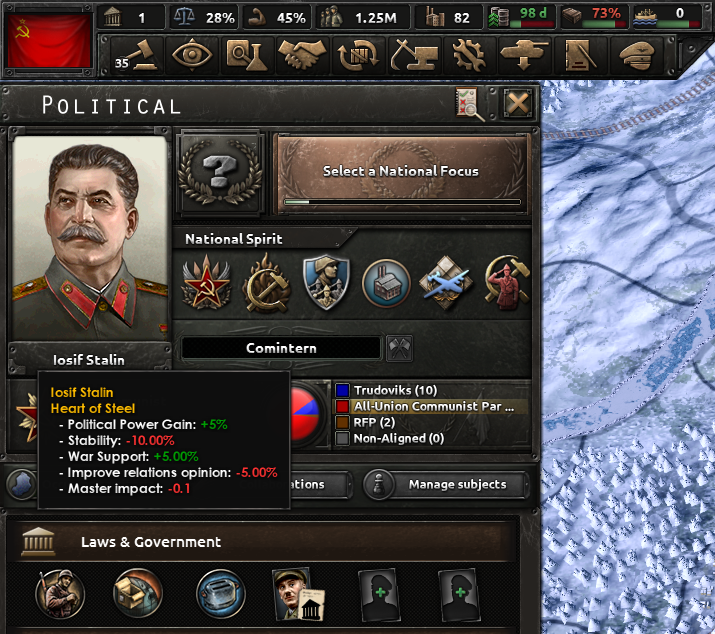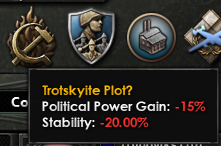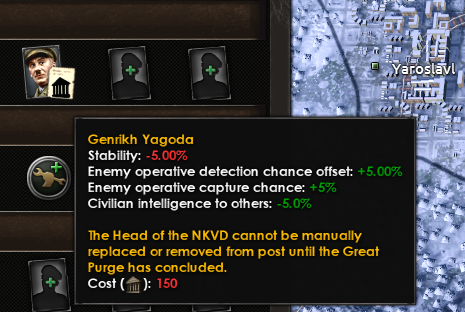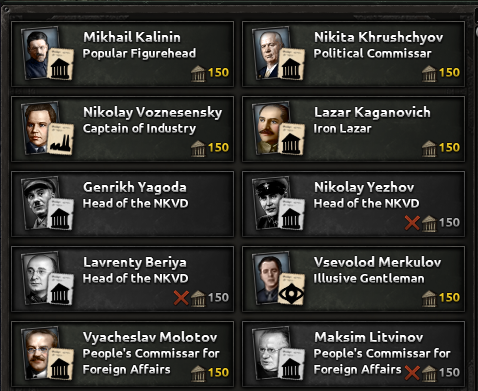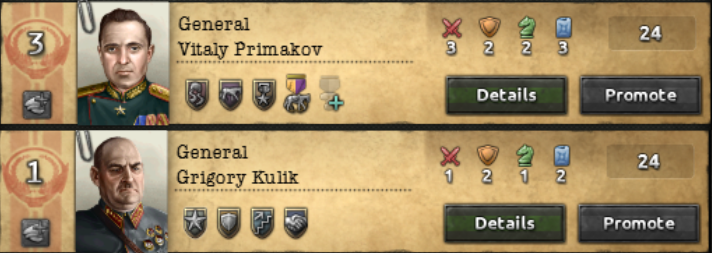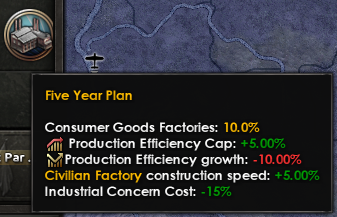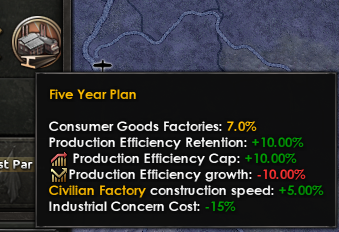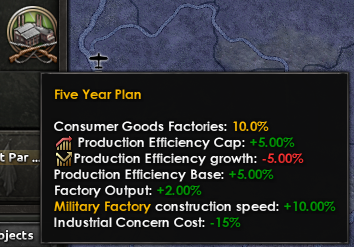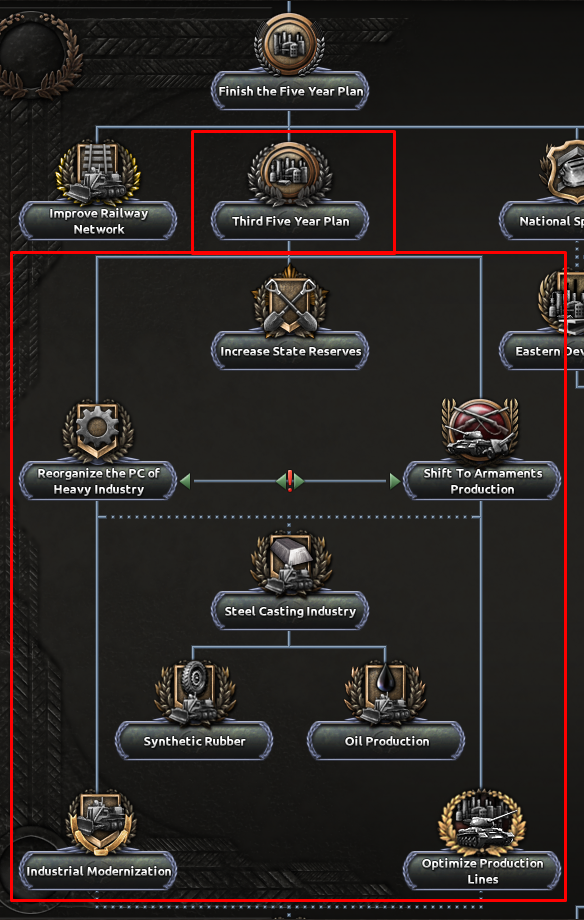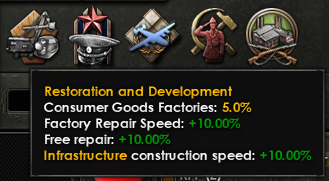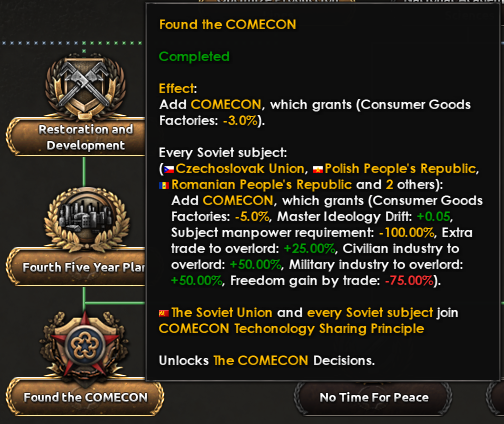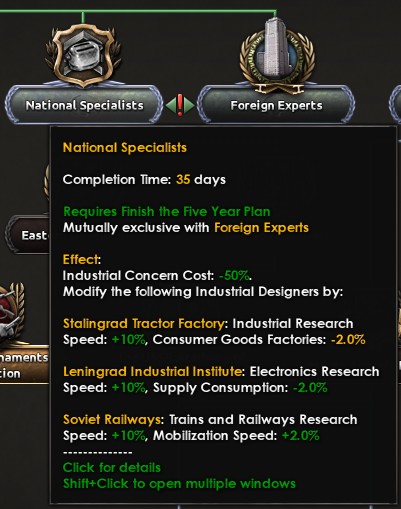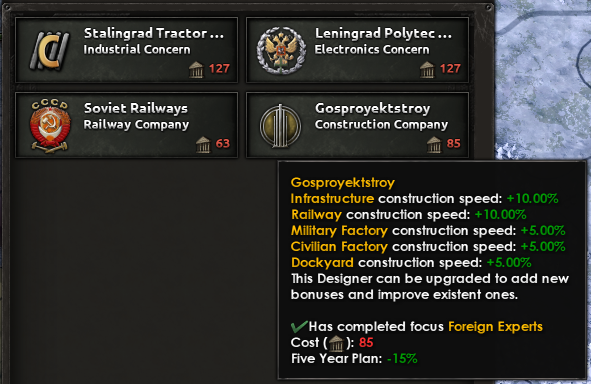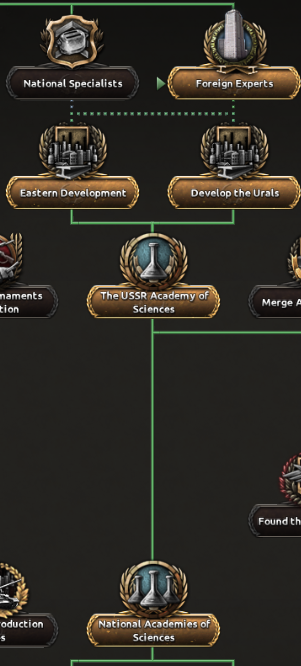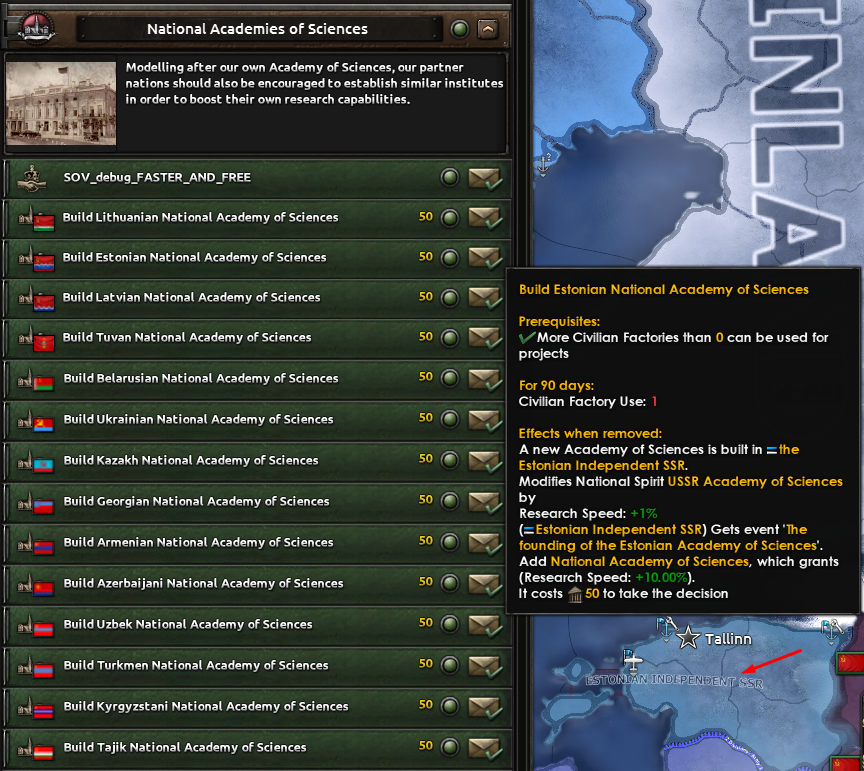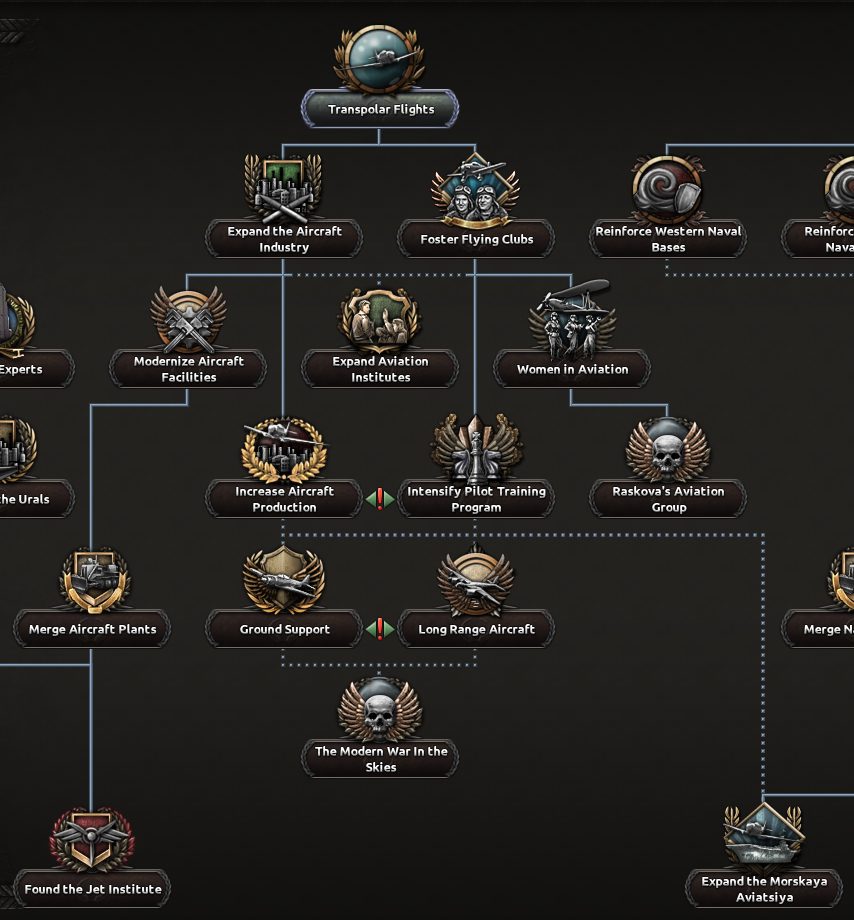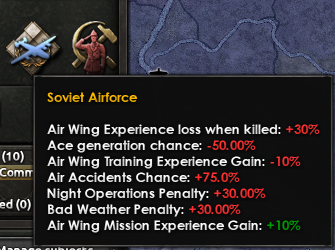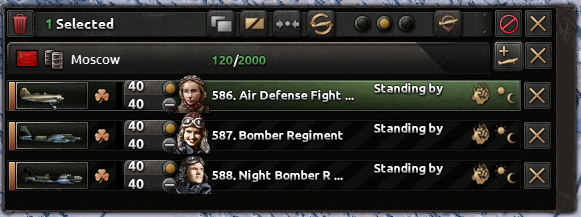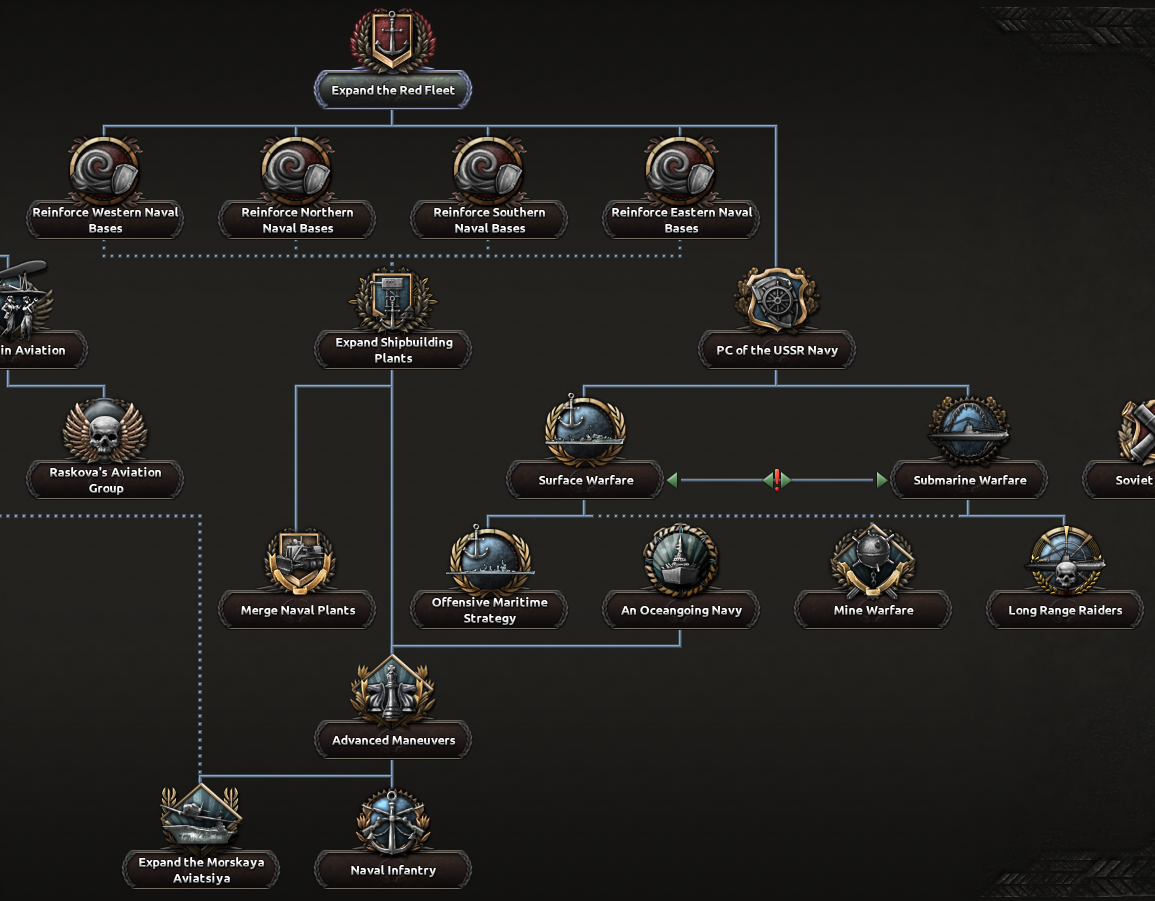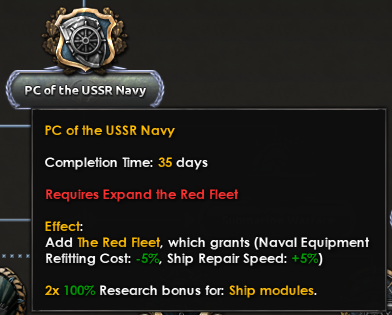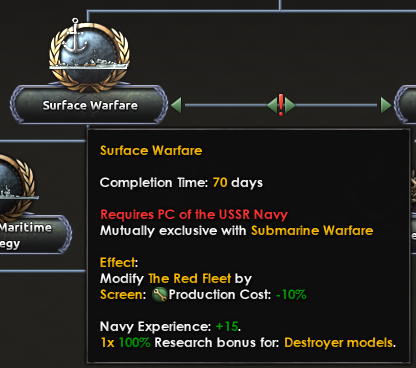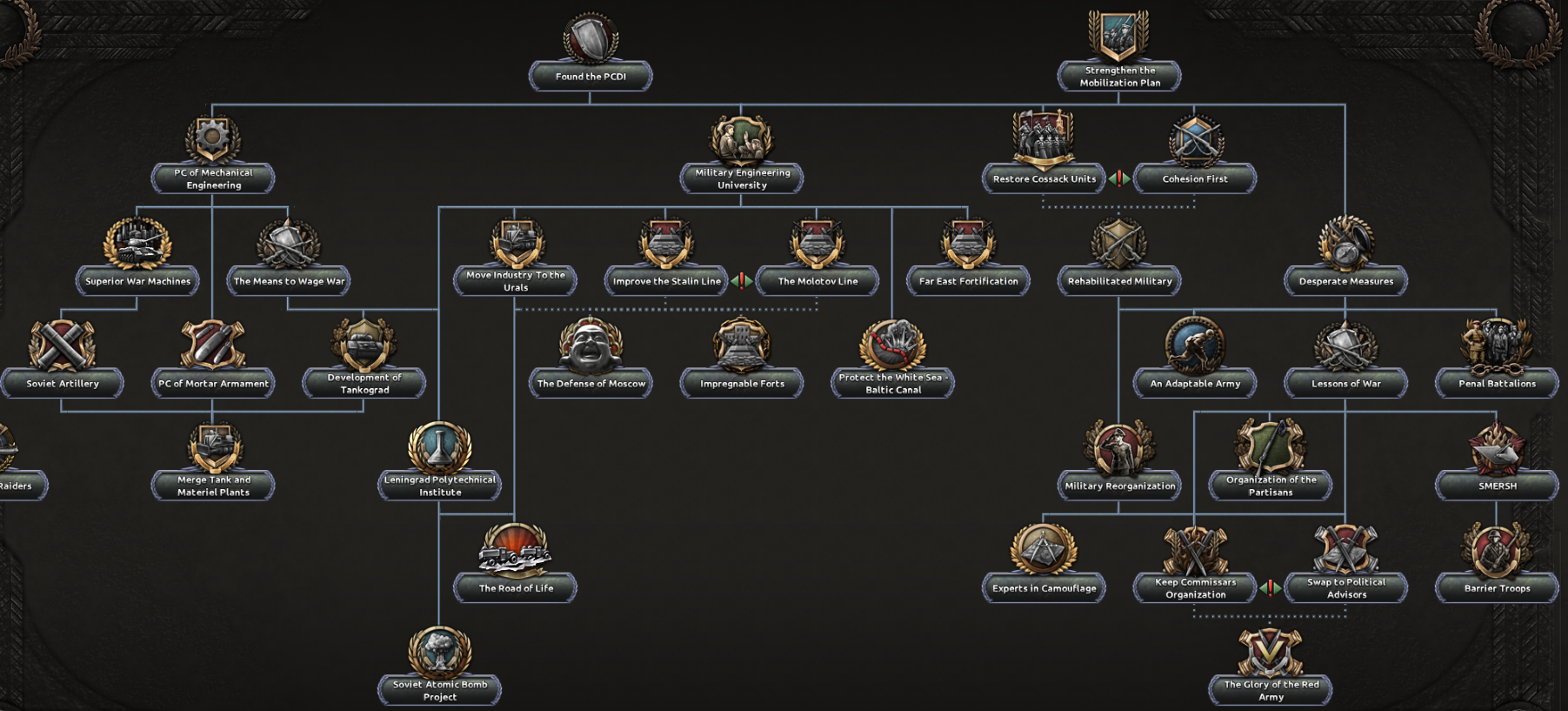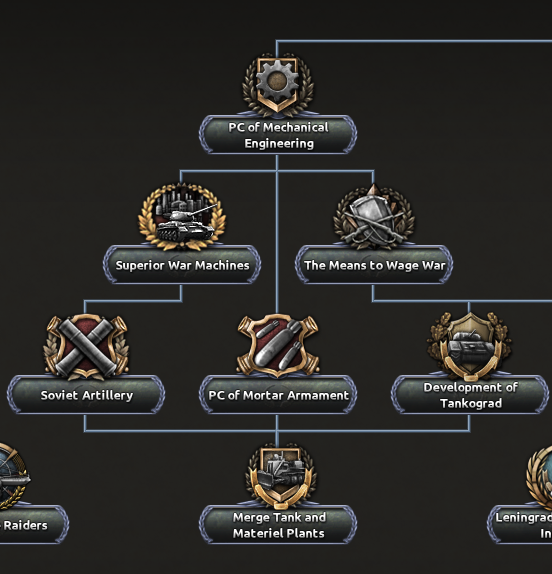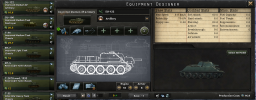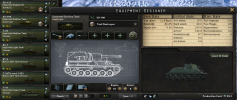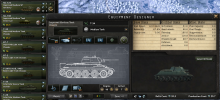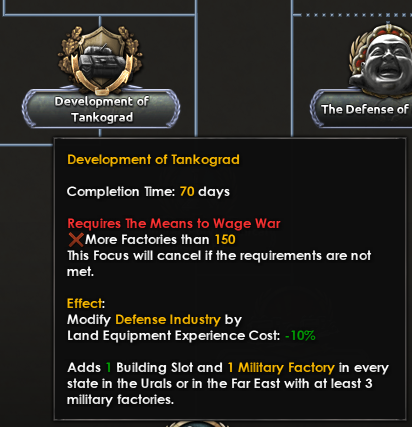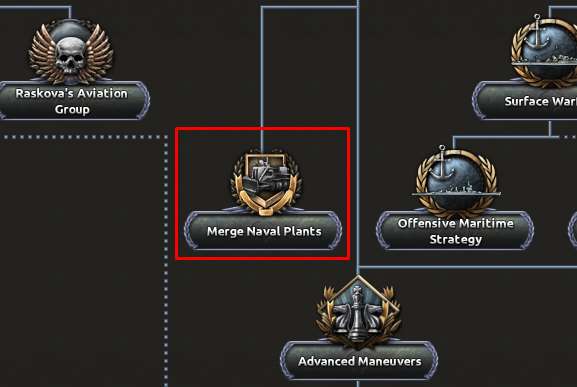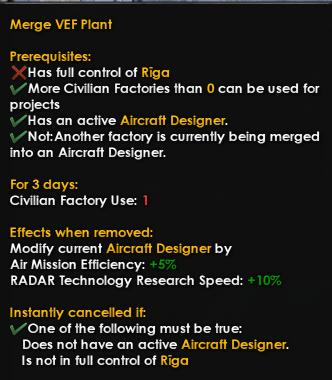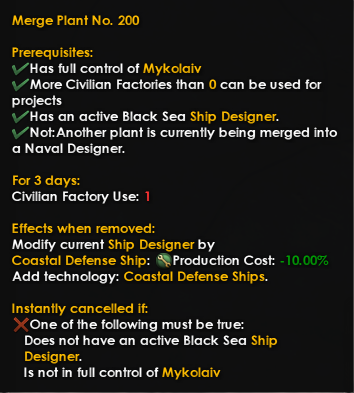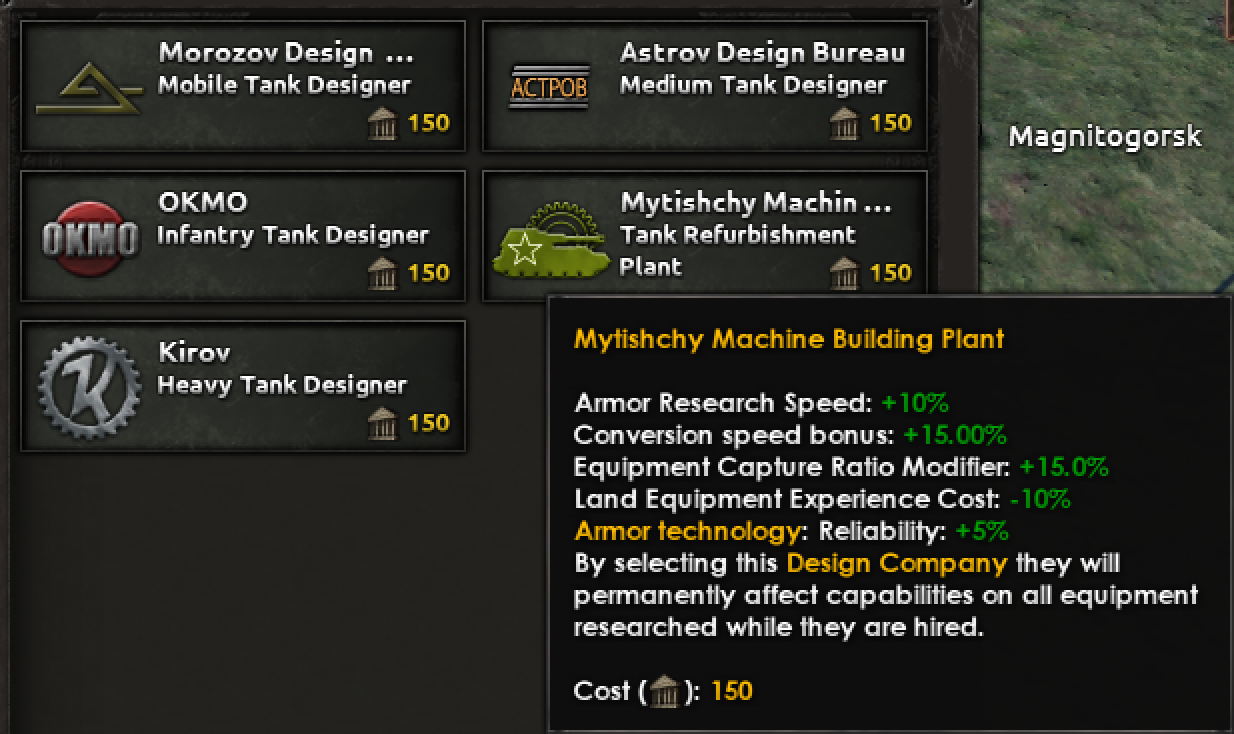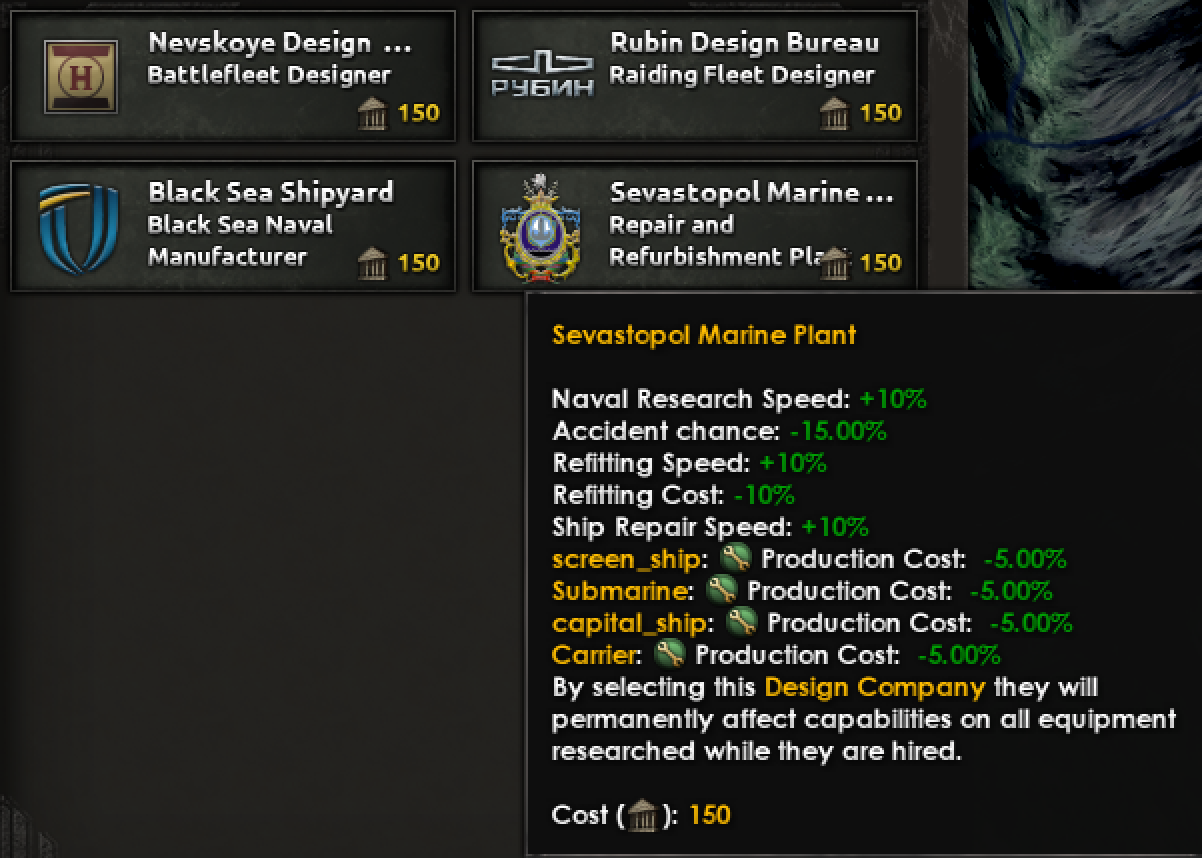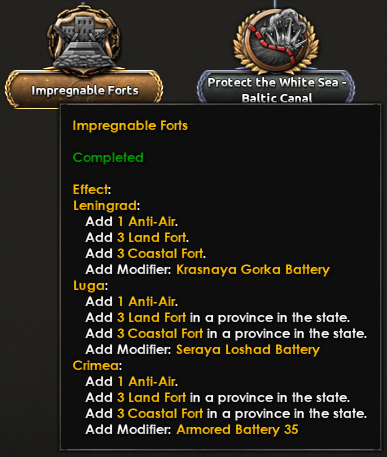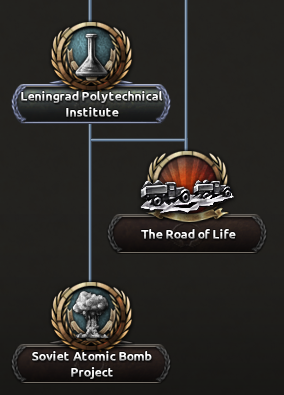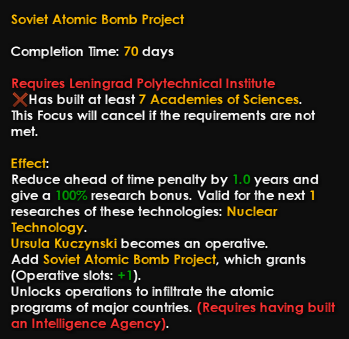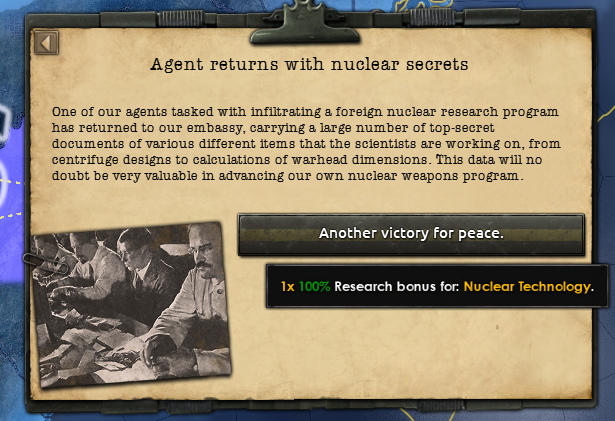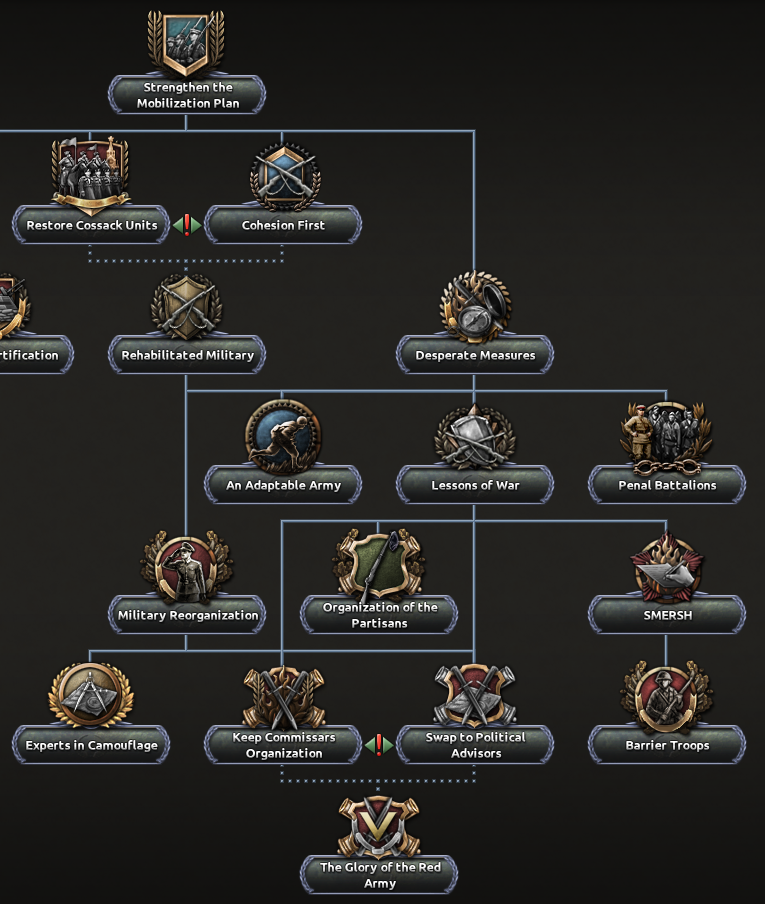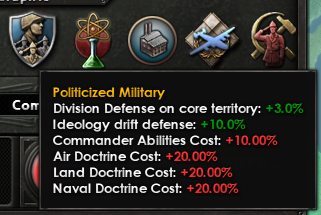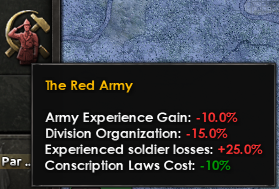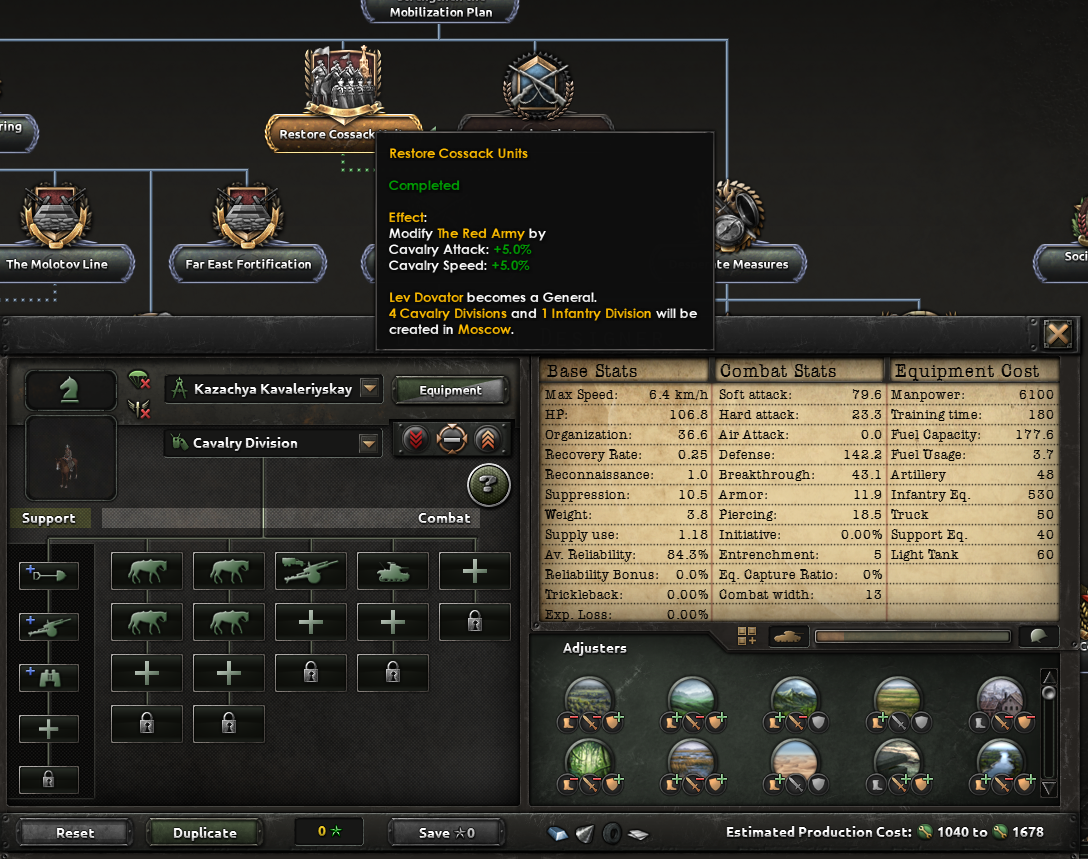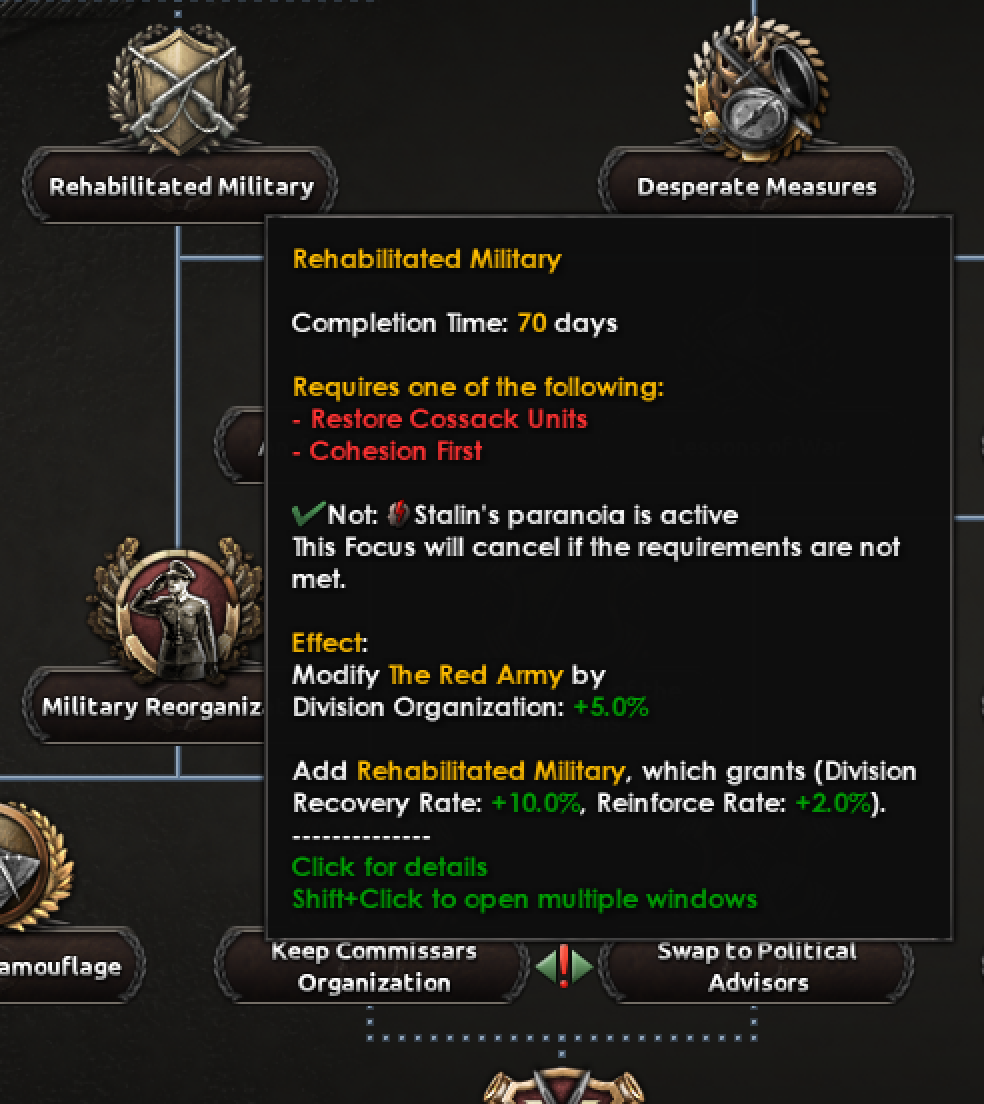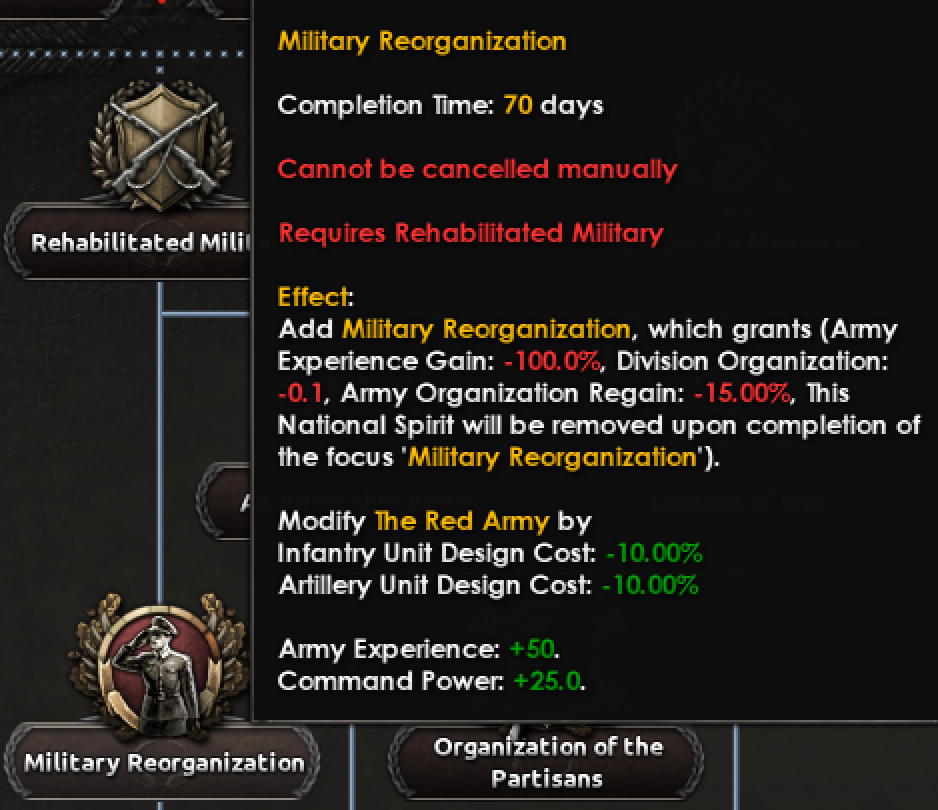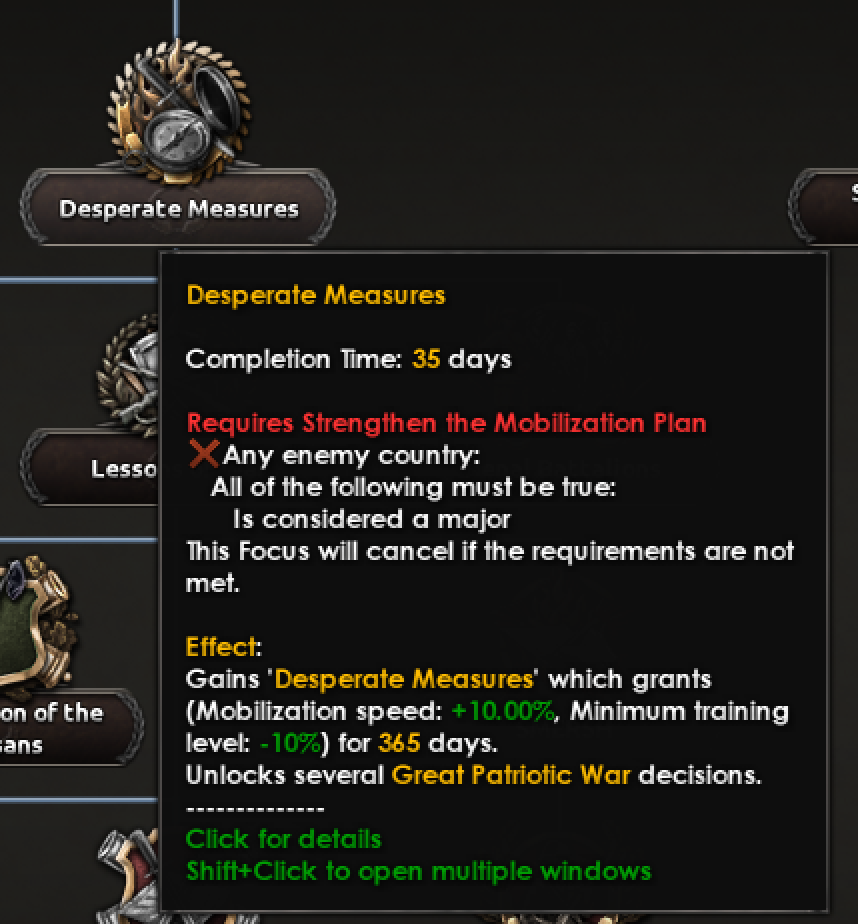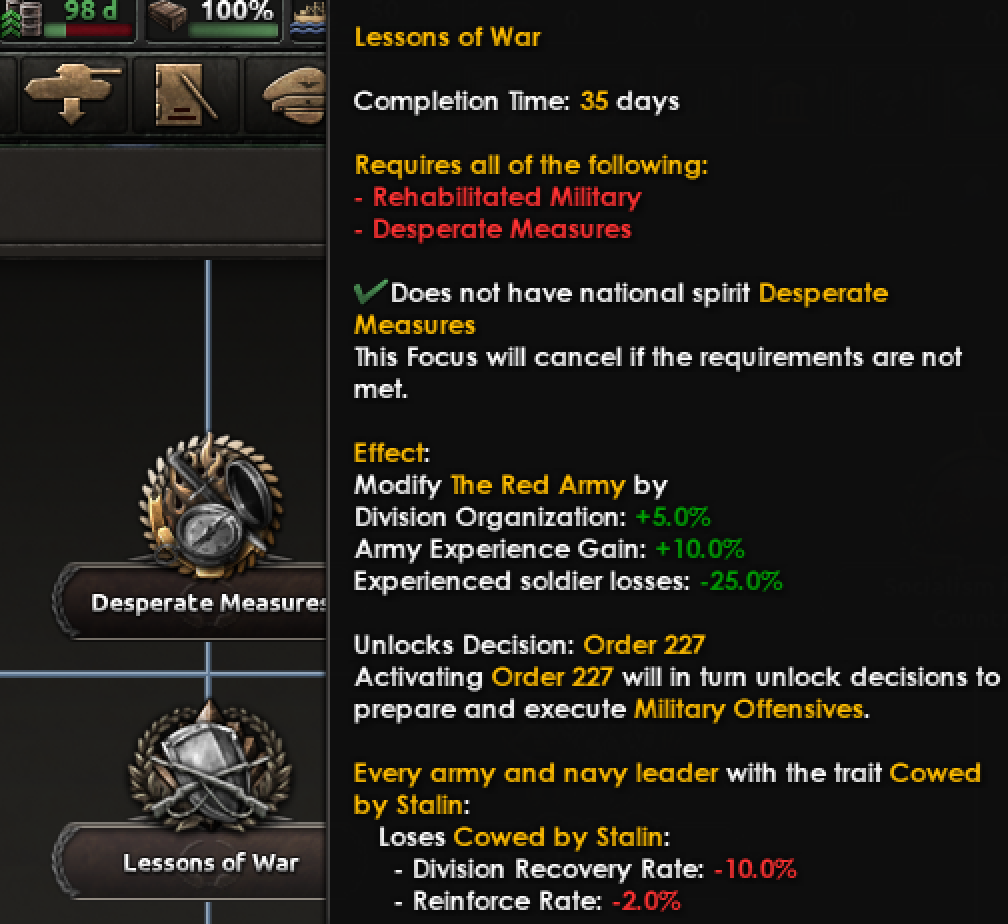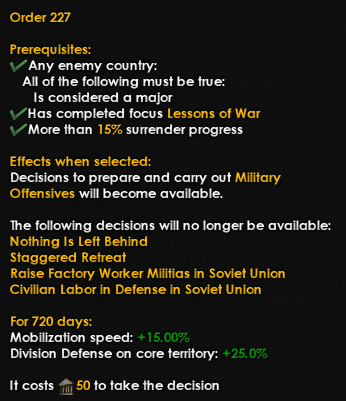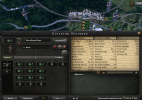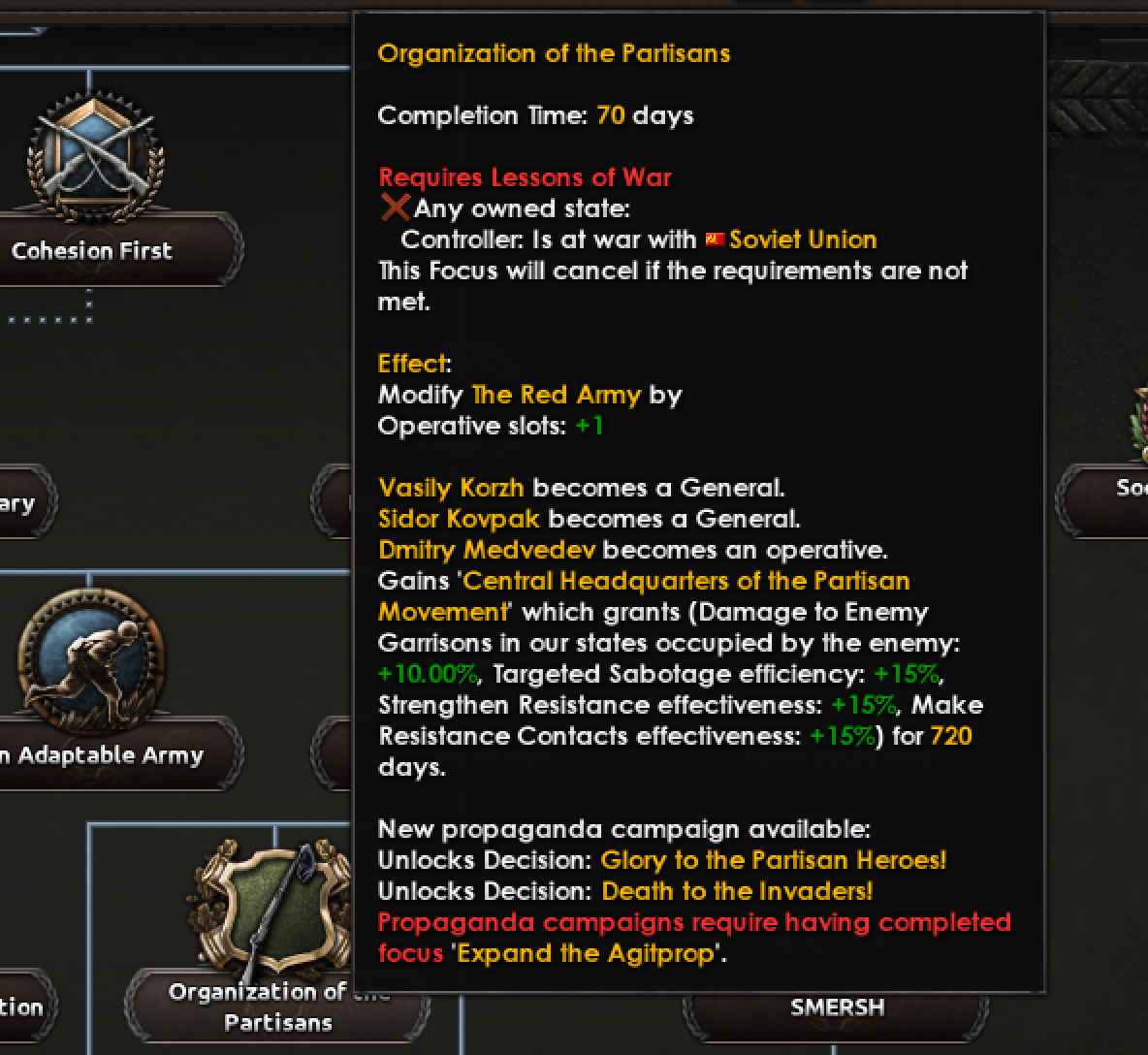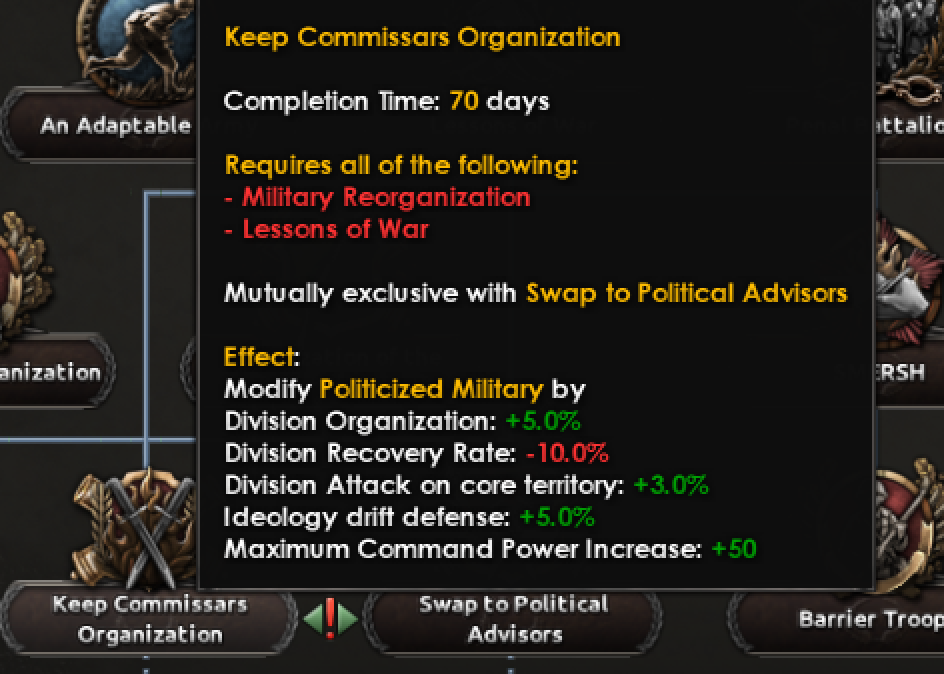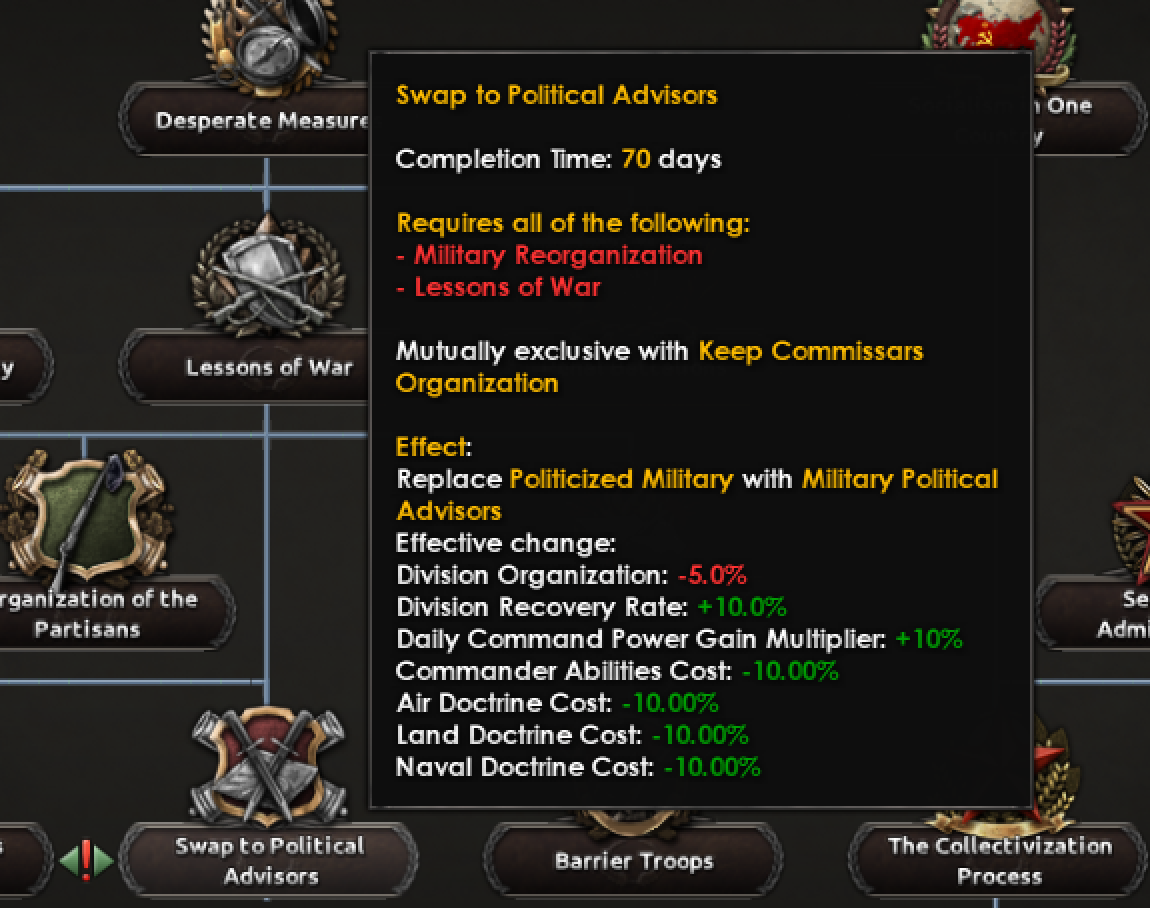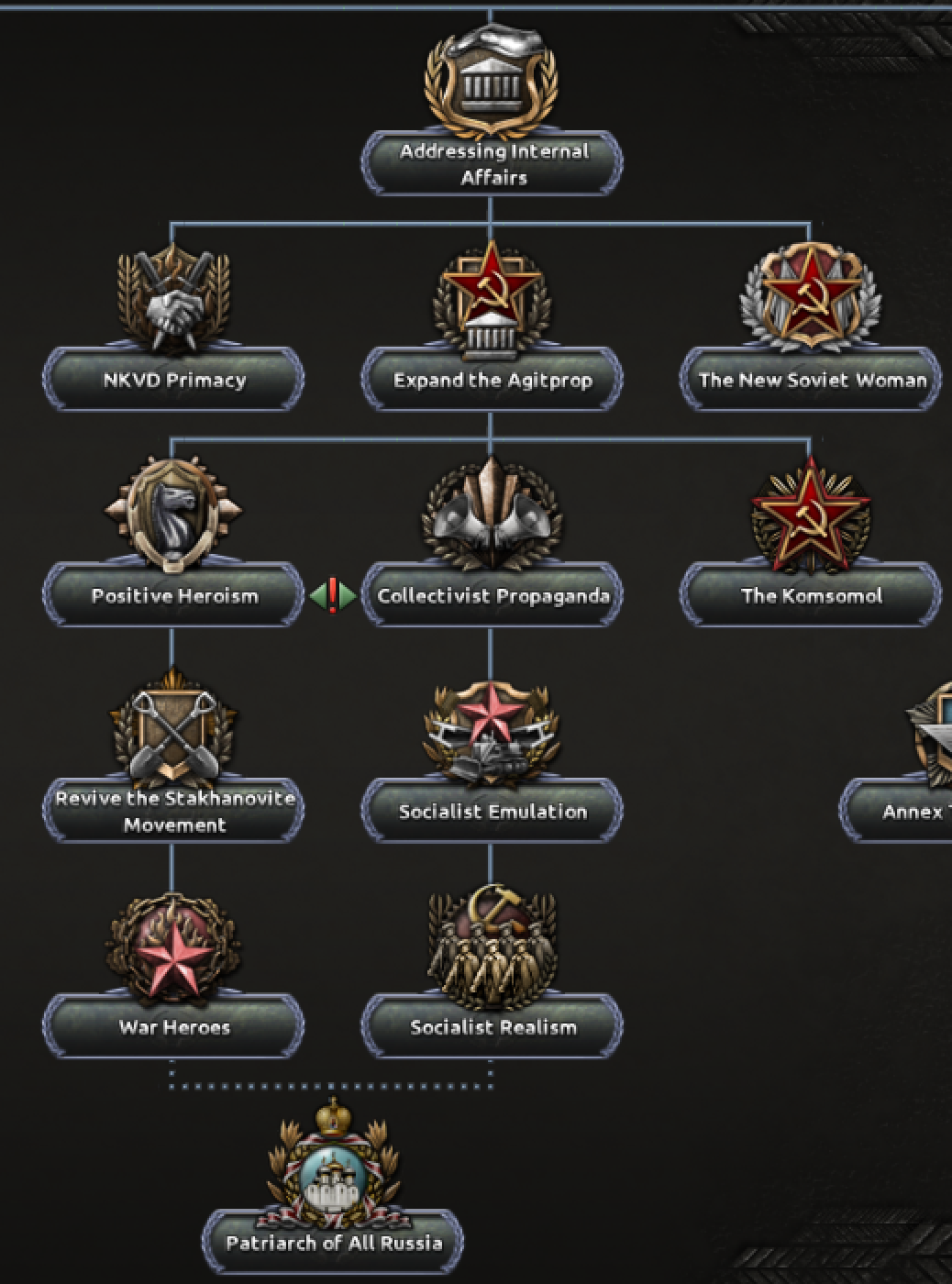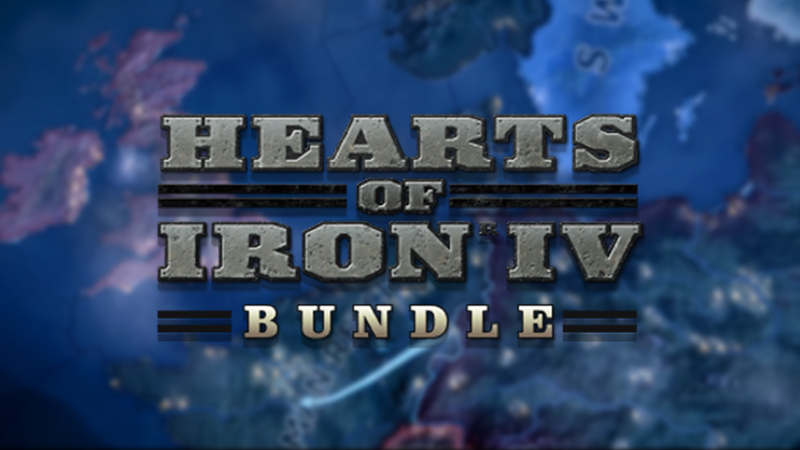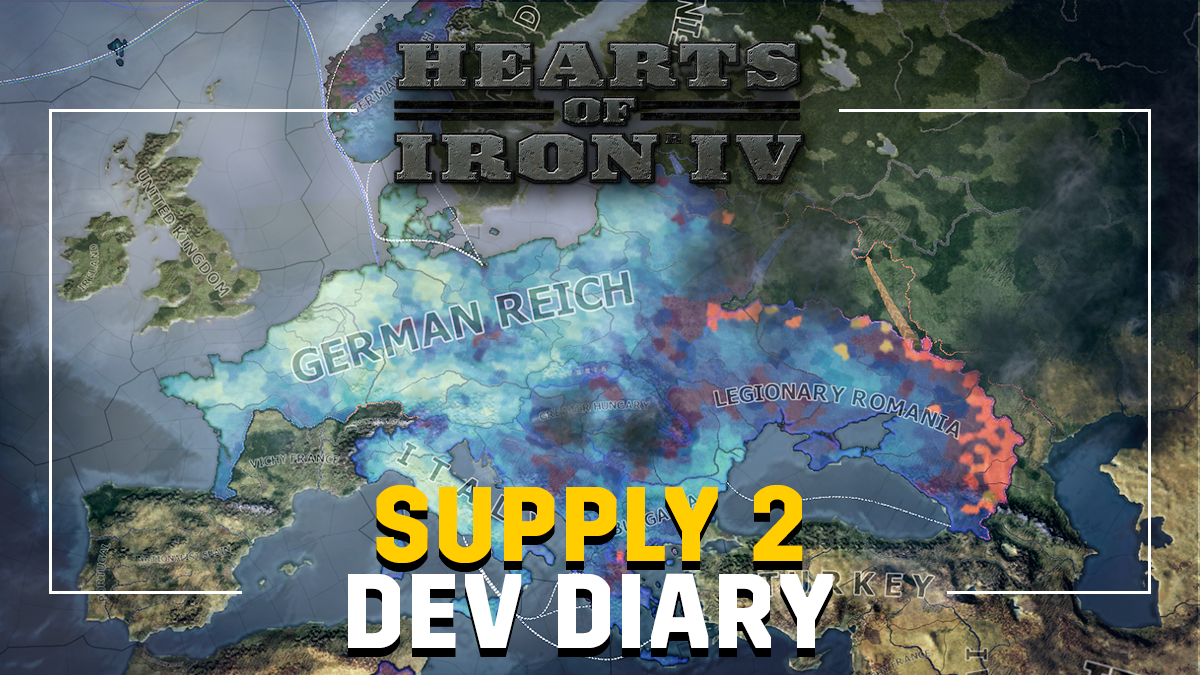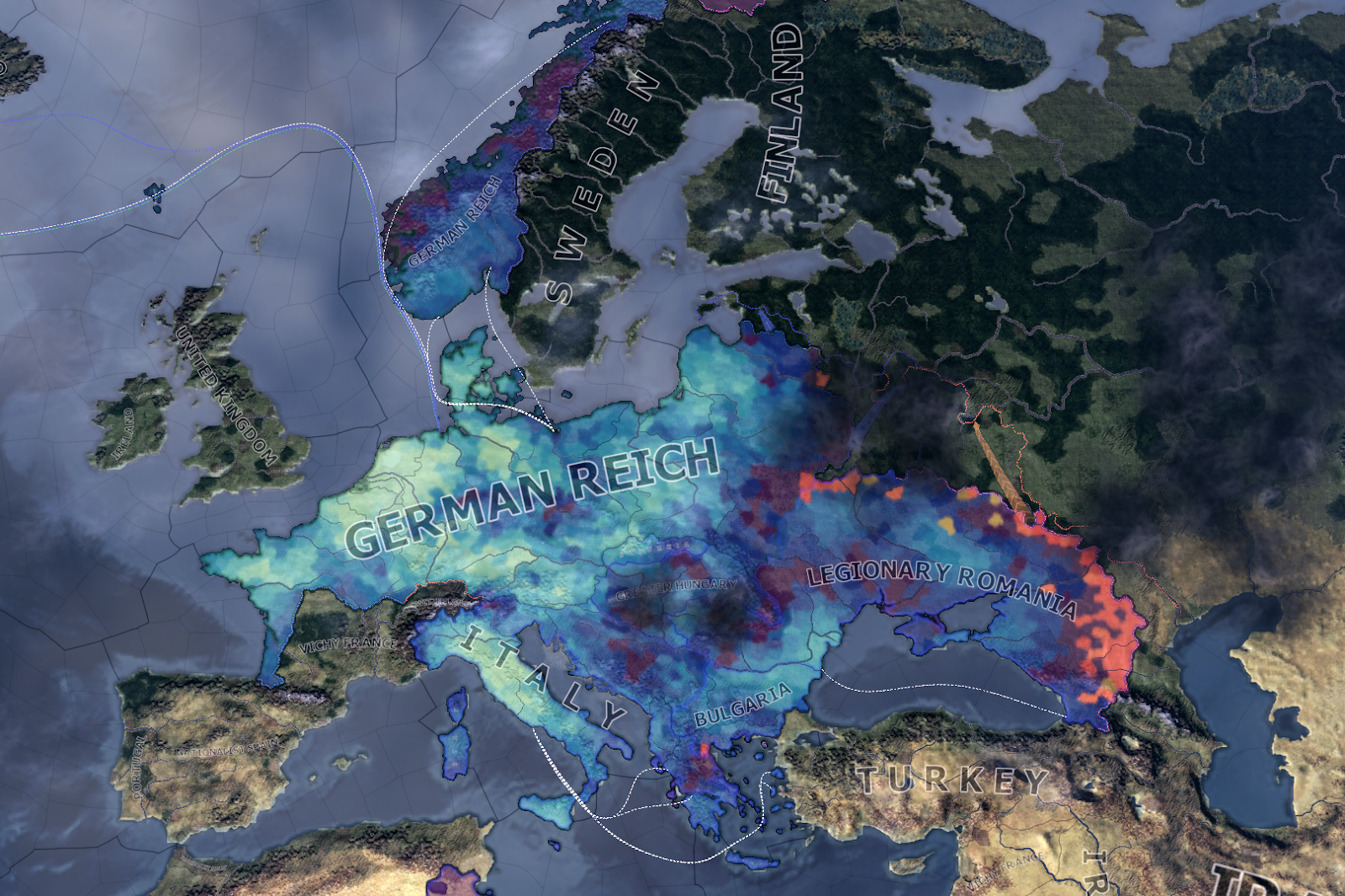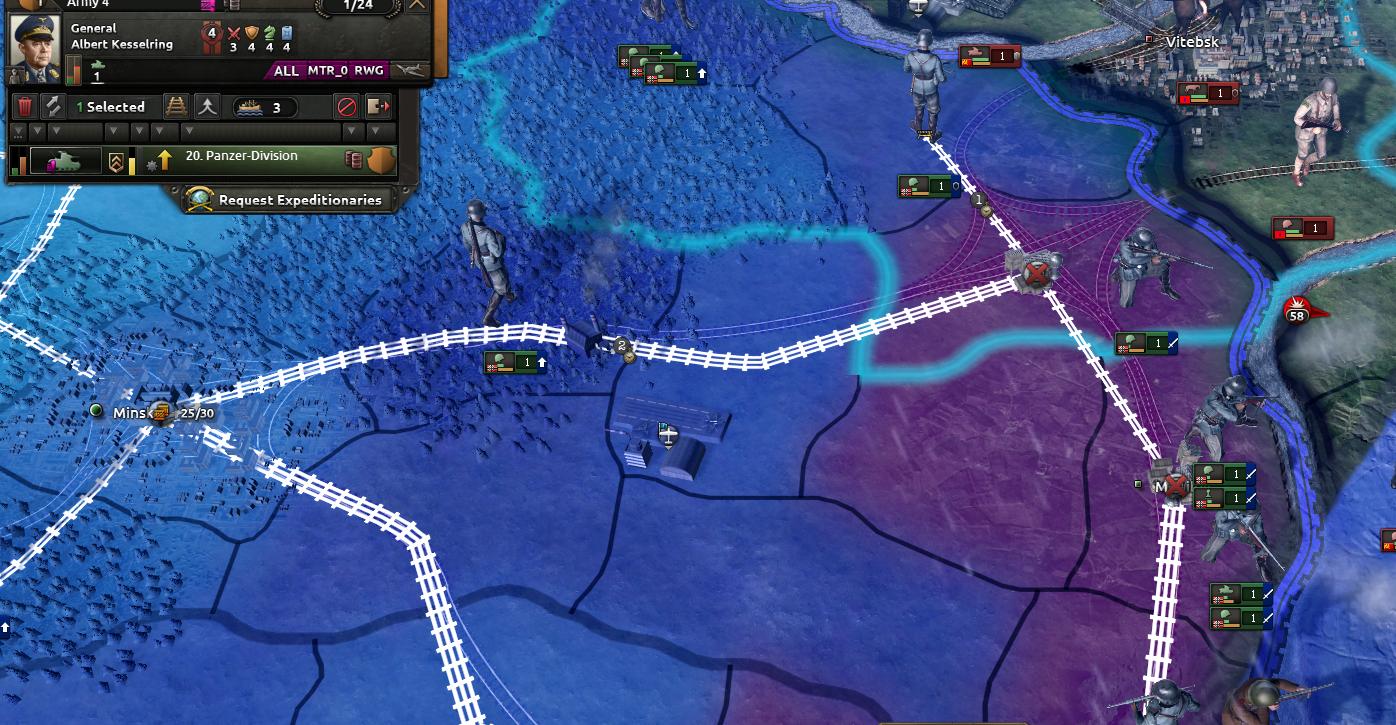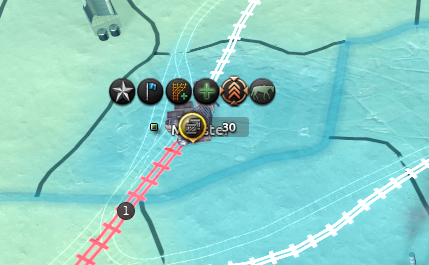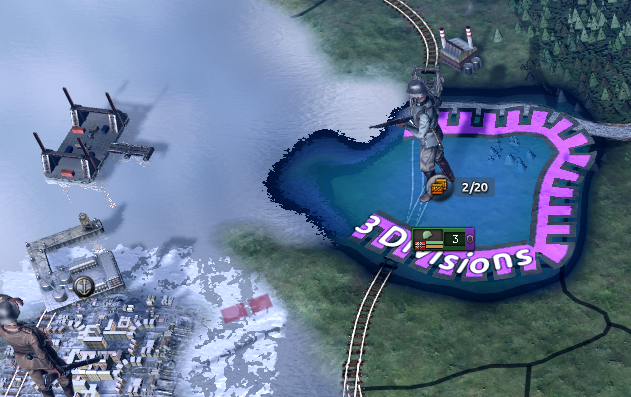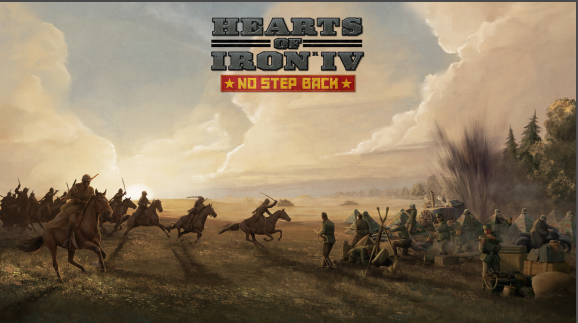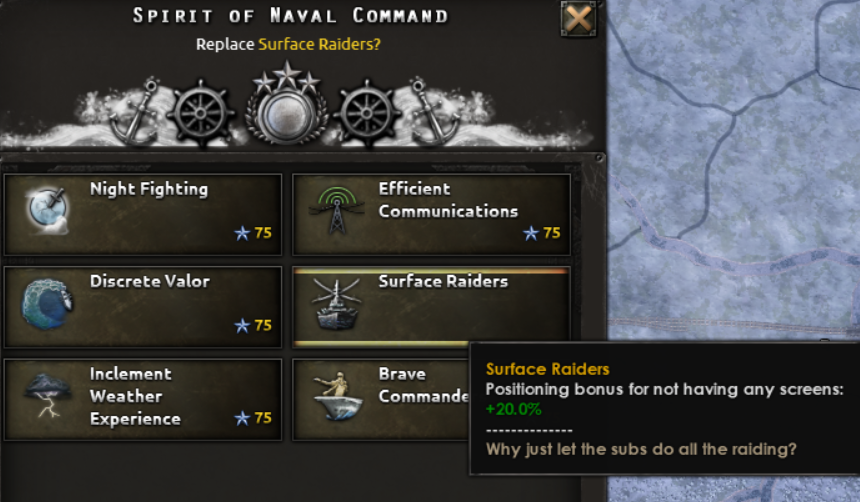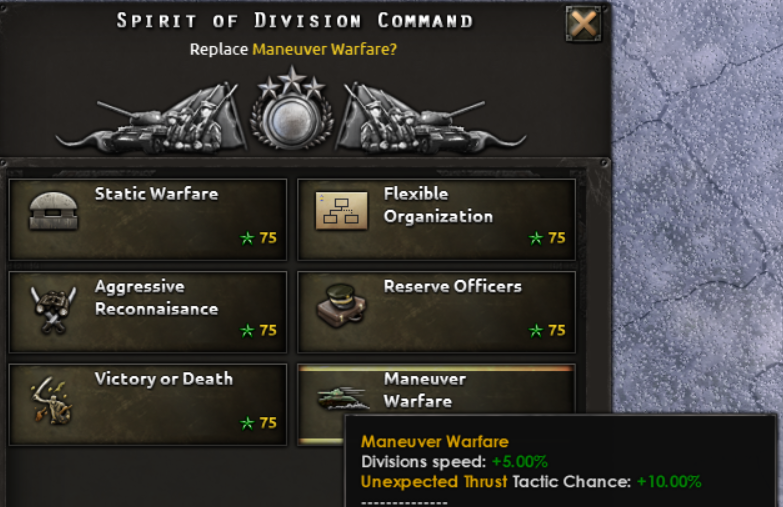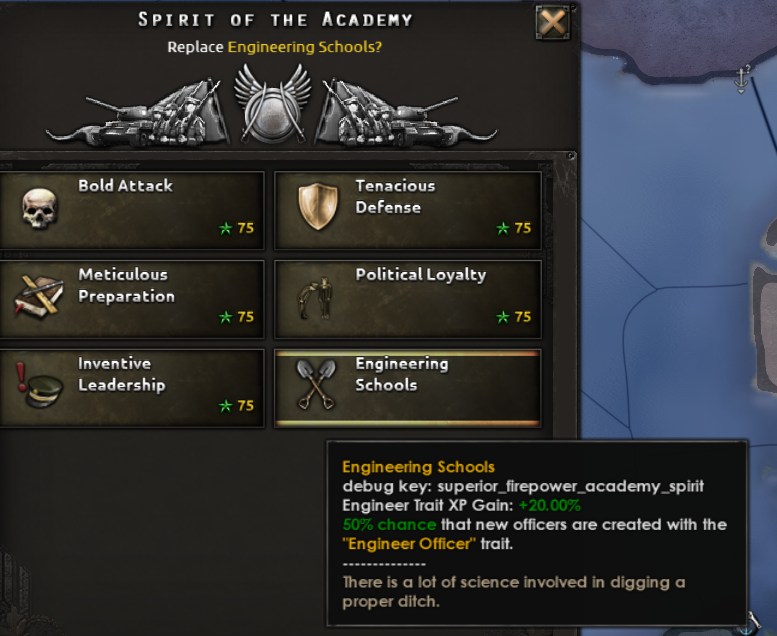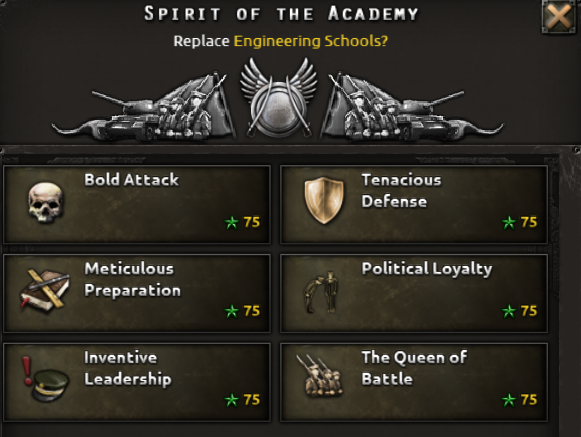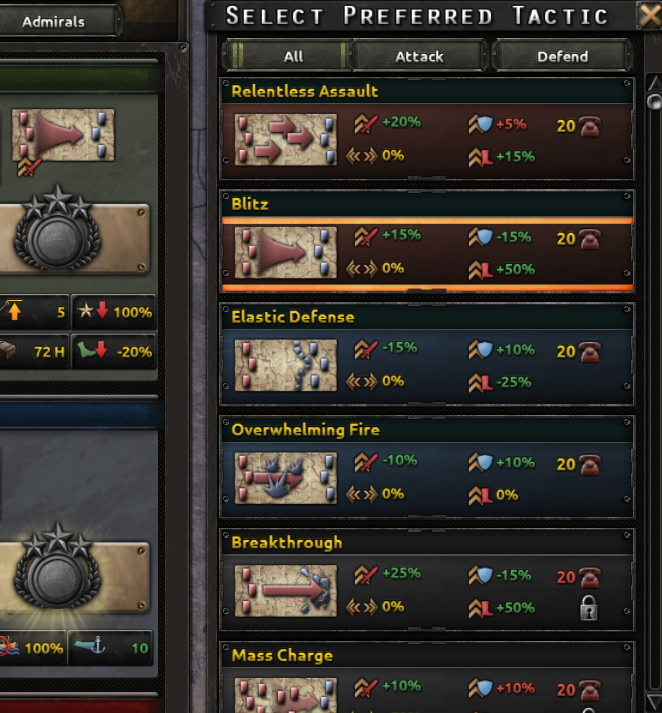
Aug 25, 2021
Hearts of Iron IV - PDXMidgeman
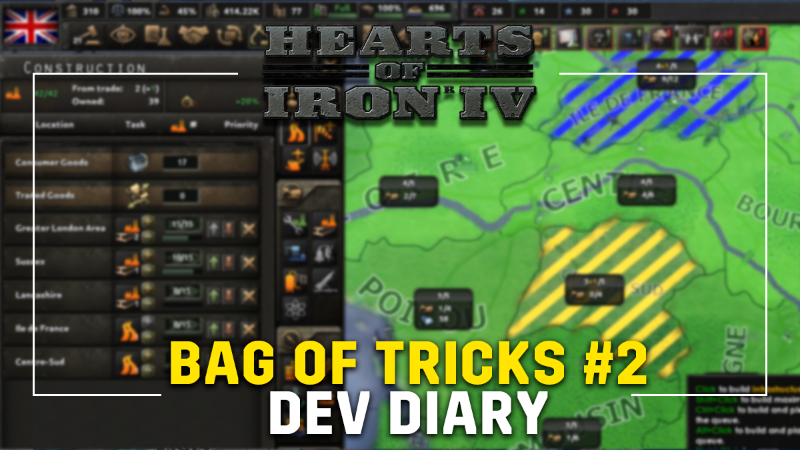
Greetings all, and welcome back for a slightly less content-focused dev diary than our latter soviet efforts. Today we’ll be covering a couple of smaller additions to be added in NSB, some of which have been hinted at before, followed by a small announcement from project management.
Weather 2.0
One of our long-standing goals with the new supply system, was to introduce some changes to the way weather affects the gameplay experience. To give some strategic relevance to weather, we’ve slowed down the system to modulate between potential weather effects on a less frequent basis. This gives a player some time to react to potentially advantageous/disadvantageous conditions, as well as being somewhat more predictable on a larger scale.
In addition to this, we’ve taken a broad look at the combination of stat effects on ground conditions, temperatures, and weather, in order to mesh more closely with the new supply system, and to give a greater impact on campaigns - especially those conducted in adverse conditions:
- In addition to Org recovery, weather will now affect org loss from movement, and in extreme cases, supply consumption.
- While temperature has no new modifier effects, we’ve taken a pass on temperature data across the world, with the intention of improving accuracy.
- Ground conditions now also have the potential to affect org loss on moving divisions. This becomes particularly important in muddy/cold conditions such as the eastern front, where the combination of various conditional effects can severely slow an advance.
New Weather Effects: (WIP)

New Ground Conditions: (WIP)

Visually the weather effects have been updated to be easier to spot on the map, with updated particle effects weather will look better than ever. This also makes it clearer when a region is experiencing a weather event so you can react to it faster.
Equipment Management
In NSB, we’re introducing the ability to manage specific equipment usage by division template. This means you can ensure that your elite breakthrough divisions have everything they need, while line divisions have equipment of a lower priority. Please bear in mind that the interface is still a work in progress!
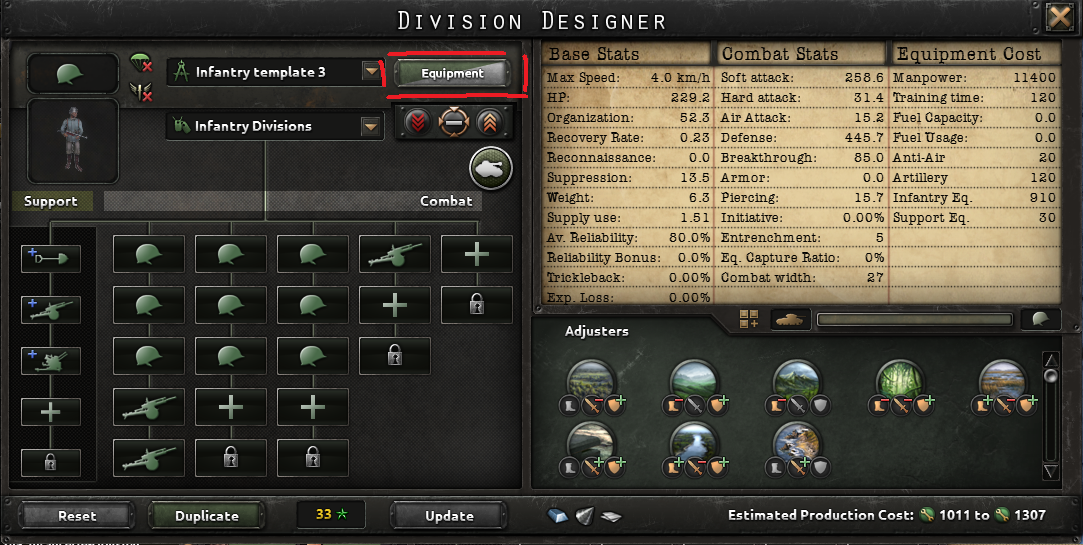
You can access this new feature in the division designer, where you’ll have a comprehensive breakdown of all equipment types currently stockpiled.
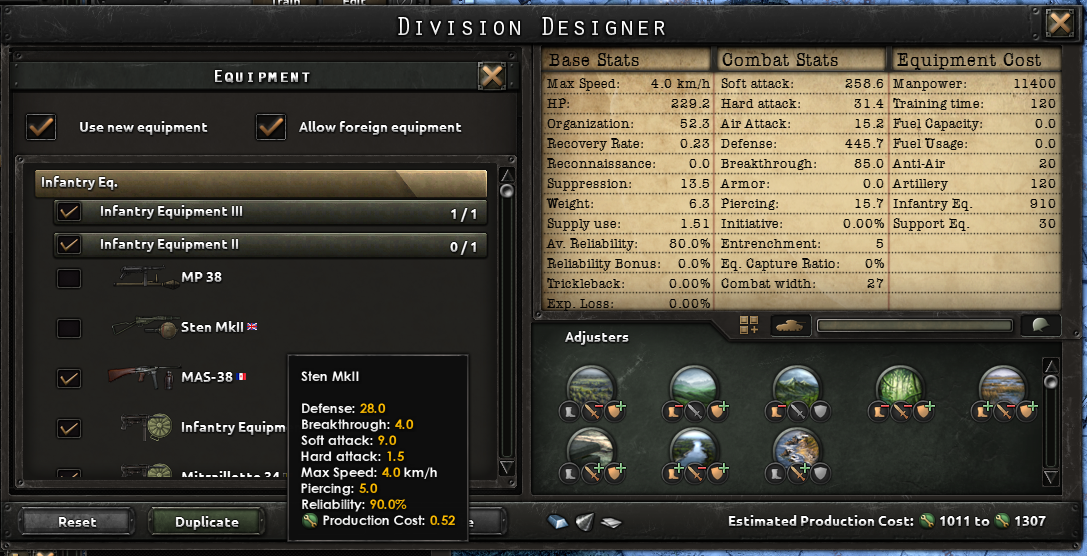
We’ve provided several broad methods of manipulating equipment usage, in the form of a togglable setting on whether this division template should automatically have newly researched equipment enabled, and a quick method of toggling the usage of foreign equipment.
Beyond that, you’ll be able to toggle categories (such as Infantry Equipment II), all the way down to individual variants.

Changing these settings will not incur any explicit cost, though you’ll need to maintain awareness of your production lines when using these settings prodigiously. The update division tooltip, as before, will give you a summary of the scope of your changes, as well as how many divisions are likely to be impacted by this change. Lastly, it is important to note that these settings will affect reinforcement and training only - your existing divisions will not have their weapons immediately confiscated.
Allied Construction
Indeed, as hinted at yesterday, we’re introducing allied construction to the game. This oft-requested feature will allow you to build certain buildings in the territory of members of your faction.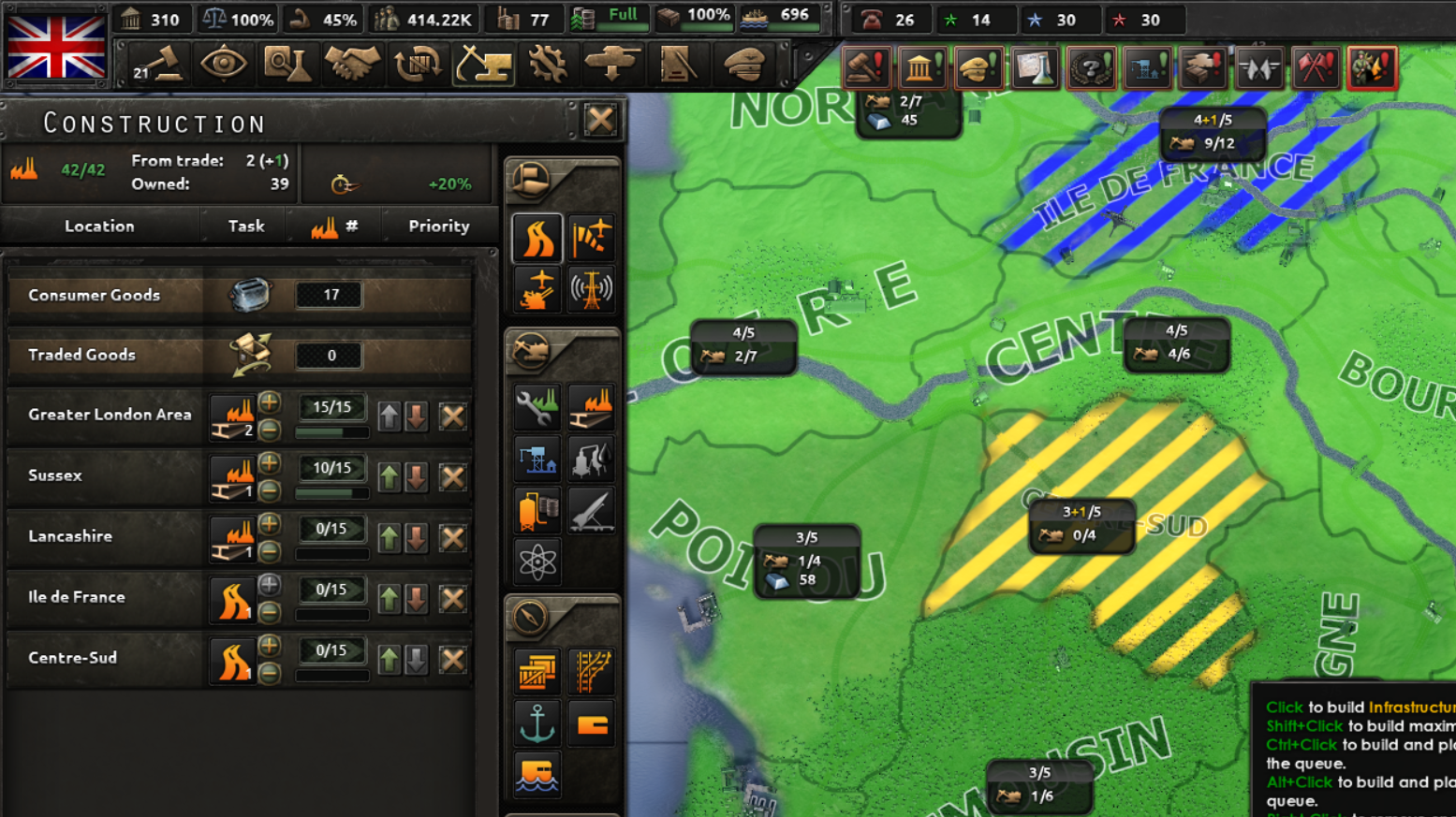
Unlike subject construction, this will utilize only your own factories, leaving your favored ally to continue with their own constructions as before. We have limited the building types permitted for allied construction to Infrastructure, Railways, Airbases, and Radar, however this setting is easily moddable for those interested in expanding their options. We initially allowed the allied construction of forts, but, well, the office MP proved why that was a terrible idea.
For balance reasons, constructions with levels dependent on technology (ie Radar) will be limited by the tech of the recipient country, not the builder.
Graphical Encircled Unit Icons
We've taken the opportunity with NSB to add some feedback to one of the more serious situations an army can find itself in - encirclement. Whenever an encircled division is destroyed, a short animation will be played to draw some attention towards it. Of course, this animation also plays if you are the one doing the destroying.
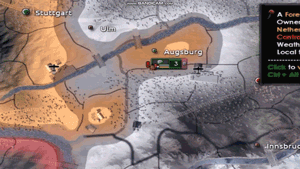
Changing of the Guard
Here, I’ll hand over to @podcat to cover an upcoming change in the HoI development team.Hi everyone Dan here, I want to let you know that you’ll be seeing Peter more and more as he is now taking over as game director on Hearts of Iron IV.
Looking back I have been working on HOI4 for about 7 years now and before this I worked a few years on HOI3. So it's fair to say that Hearts of Iron will always be close to my heart, but I also feel like it's time for something new to sink my teeth into.
I’m going to be working with a Secret Project which I can't tell you very much about - except that I am super pumped about it, and that it isn't HOI5. While I’m sure the time will come for that, right now we feel that HOI4 still has room to be developed with content and cool stuff.
Timing wise it fits well for me. No Step Back was the last expansion step I had penned down back when the original game released in 2016 so it's time for another 5 year plan (heh). It takes the game full circle as with NSB we will have touched on all the major systems in free updates and expansions at least once. It's also a perfect time to get more fresh perspectives to help evolve the game when most of my original ideas and plans have now been done.
Of course you will still see me around and I expect I’ll be poking around here and there in HOI (one does not simply let go of their baby so easily!), but I am confident in Peter and the team to take the helm and keep steering the ship now, and I am sure No Step Back will be awesome and that you will all love it.
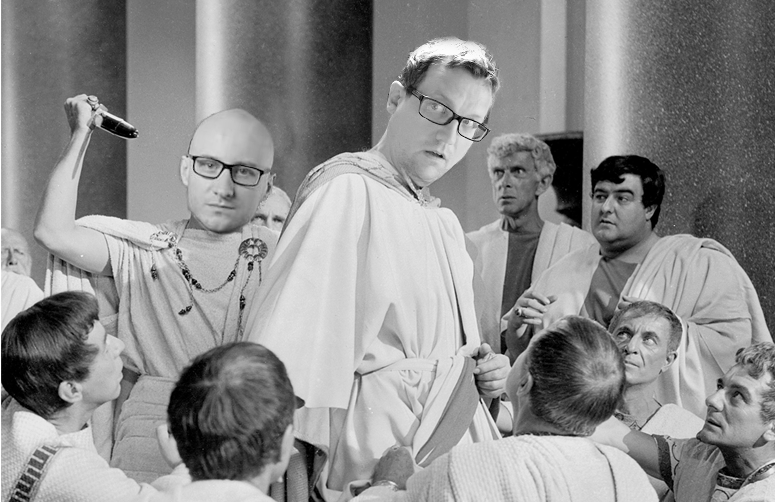
Et tu, Peter?! Game development is serious business!
Peter here - I’m honored to have been asked to take the reigns on HoI. I’ve been working closely with Dan and the team over the last months, and feel confident that we can keep on building HoI in the right direction.
As some of you will be aware, I’ve come to HoI by way of Imperator, having previously worked on several PDS projects as a content designer. Prior to that, I had a long and entirely unrelated career in classical music. Historical PDS titles are something I’ve been an avid fan of from long before I worked here, and I’m super excited to take my experiences forward from Macedonian nation-building to the 20th century.
We have many plans for the future of HoI so after NSB is safely out of the door, you’ll get a chance to see my take on the future of the game. This said, I’ll point out that Dan and I are very much aligned on the creative direction of HoI 4, so to pre-empt some questions, a switch in game director does not mean lootboxes, mana, or any radical shift in core design philosophy.
What does it mean? Well, it’ll take time to see that properly. We’ve made no secret of the intentions around future dlcs and content (see last PDXcon for more details!), so the best answer I can give you there is that we’ll be doing our utmost to meet this potential roadmap while I begin to put my personal spin on the game. I’m more than happy to try and answer broad questions about my thoughts on the future of this excellent game, my industry experiences thus far, or myriad other topics, but please be aware that (beyond what I’ve already implied) we will not, as usual, be able to answer qualitative questions on future releases.
In general, you’ll find me present and willing to engage in polite discussion on the forums and other media inasmuch as my time allows, so I expect to begin interacting more with this passionate community in the near future!
/Arheo
For the full Article: Read it here




